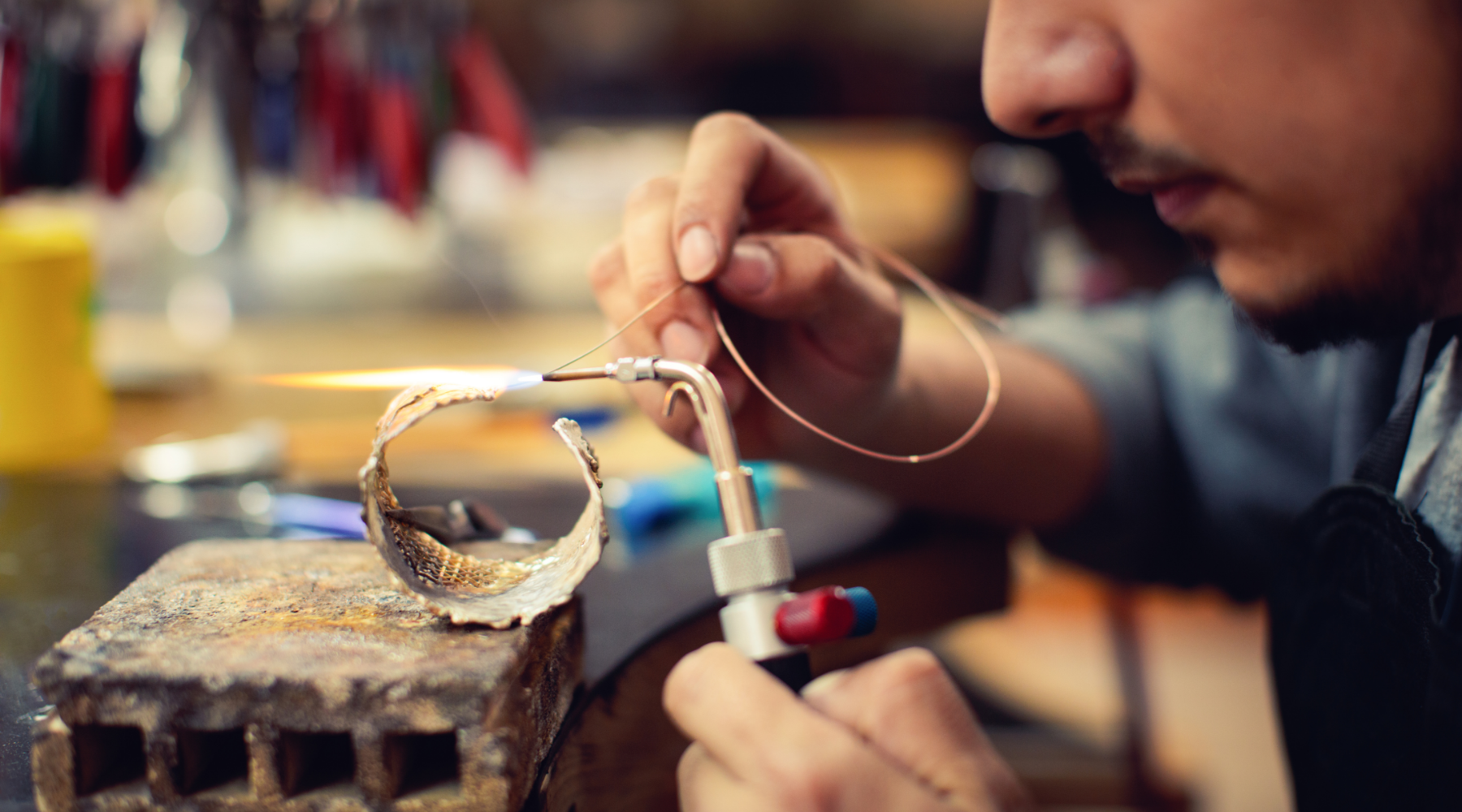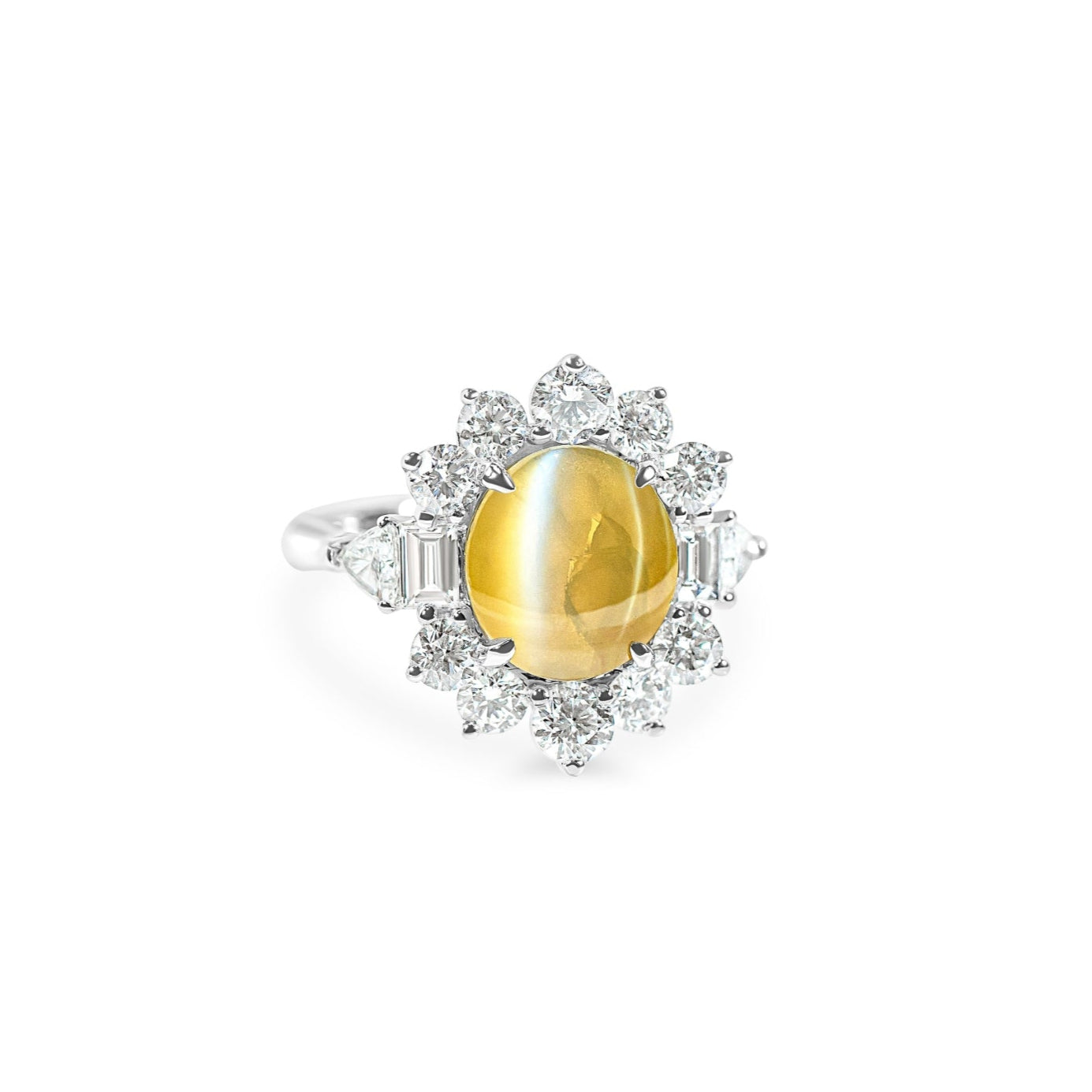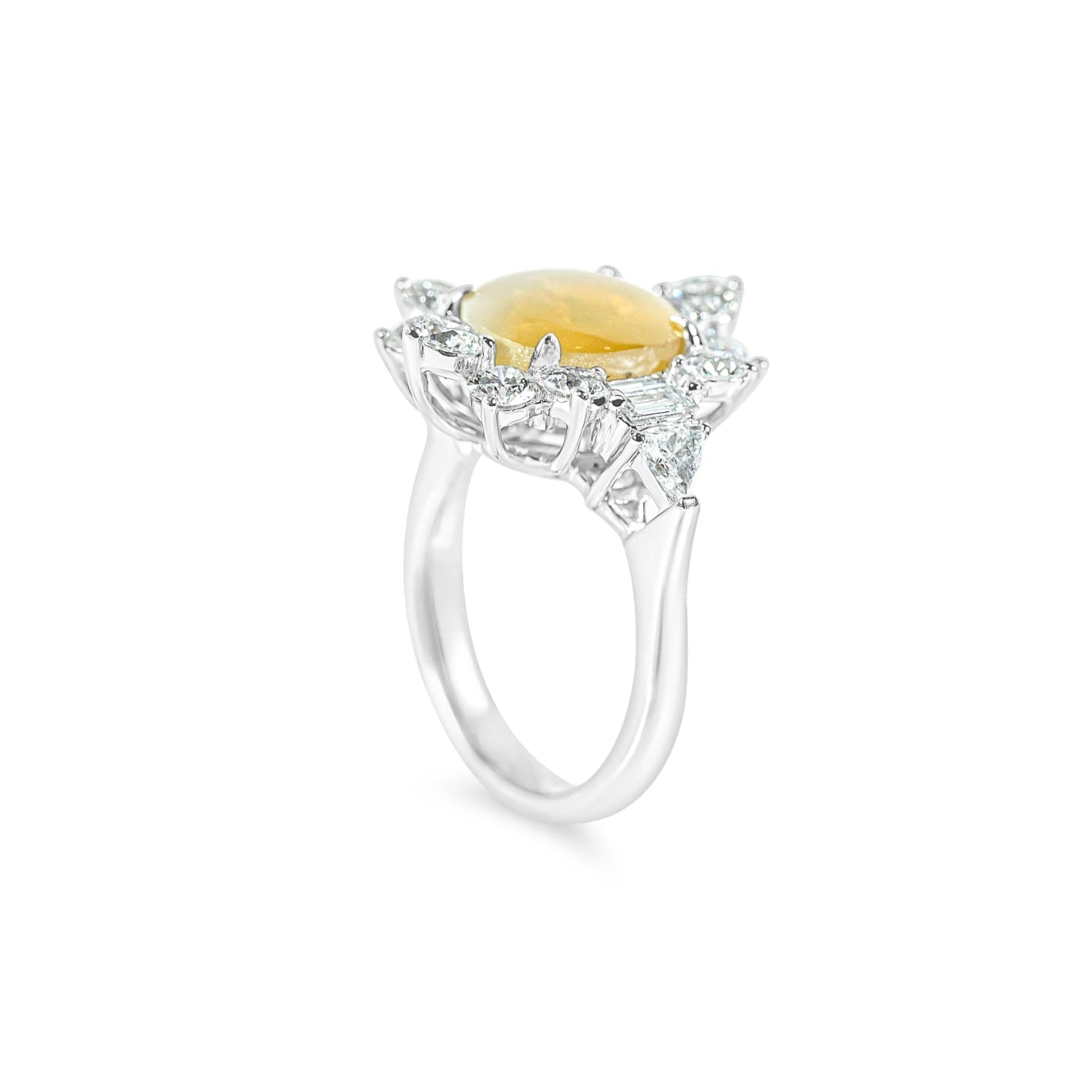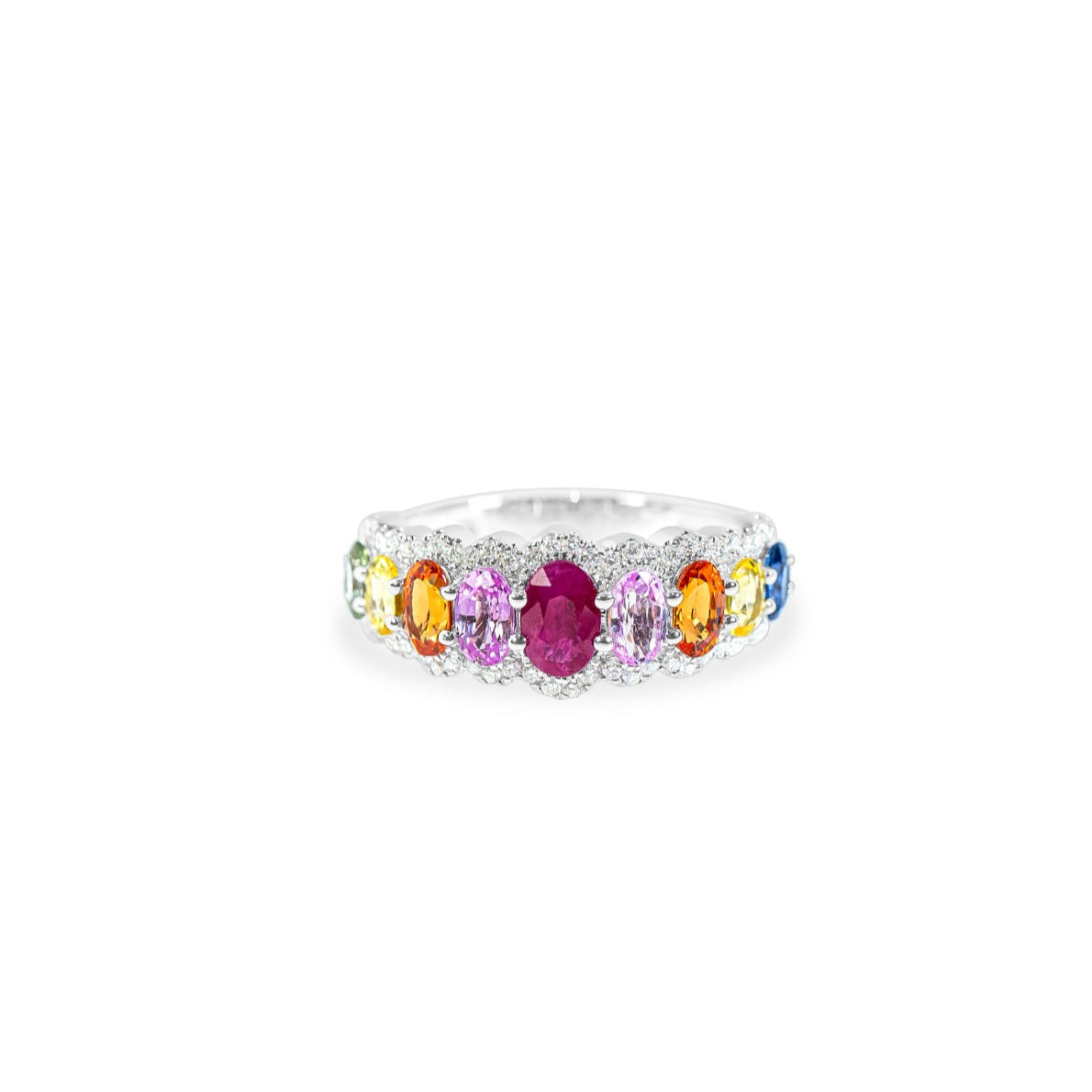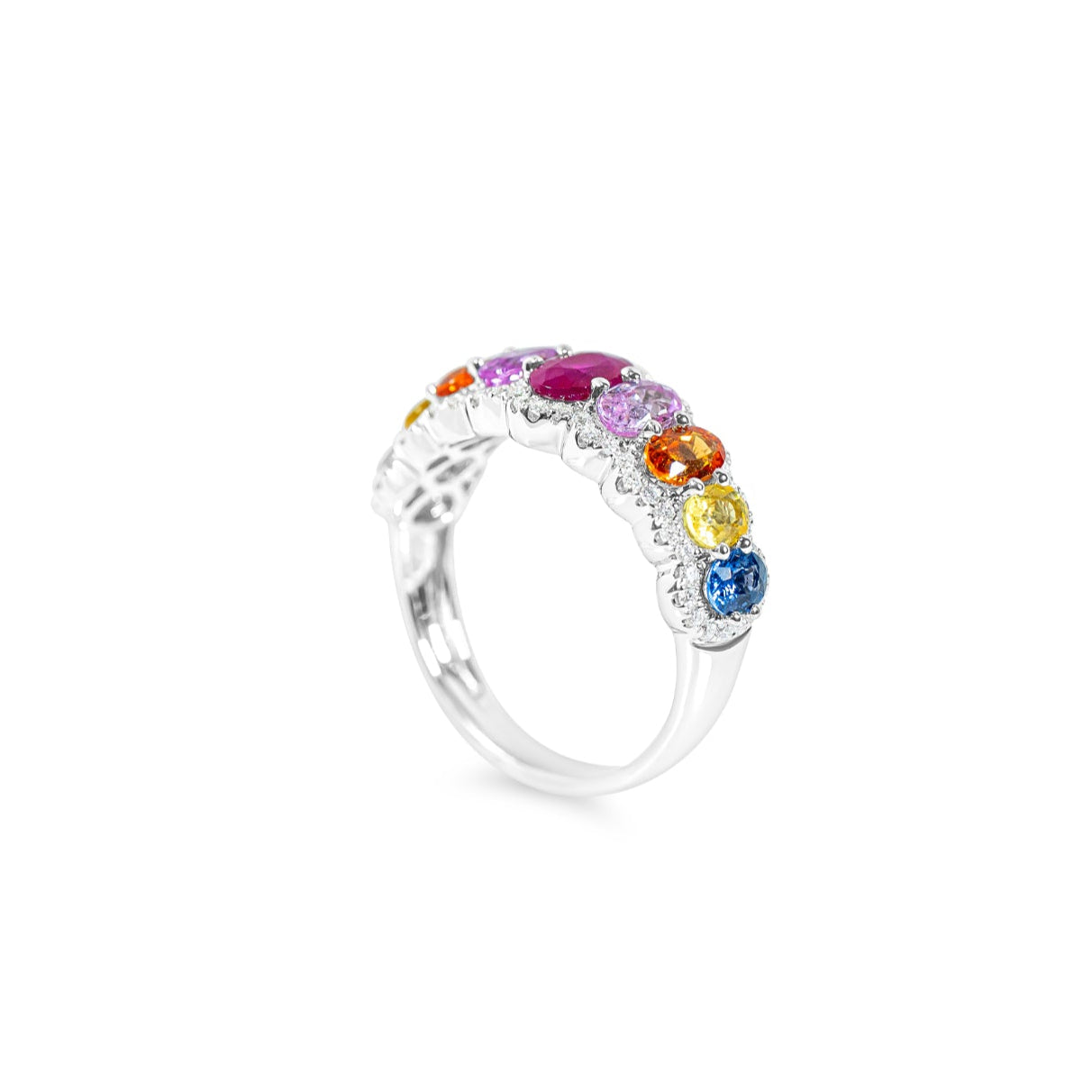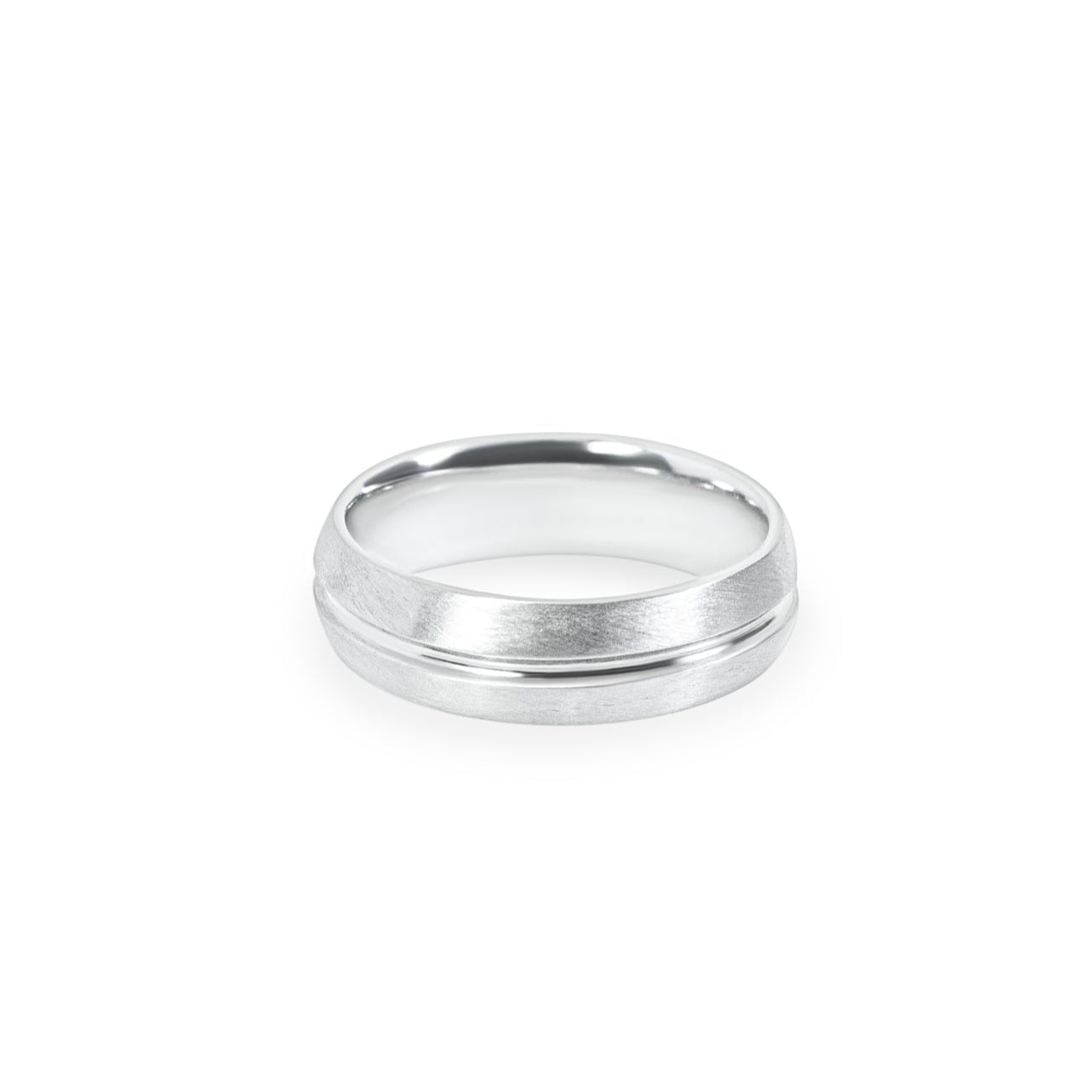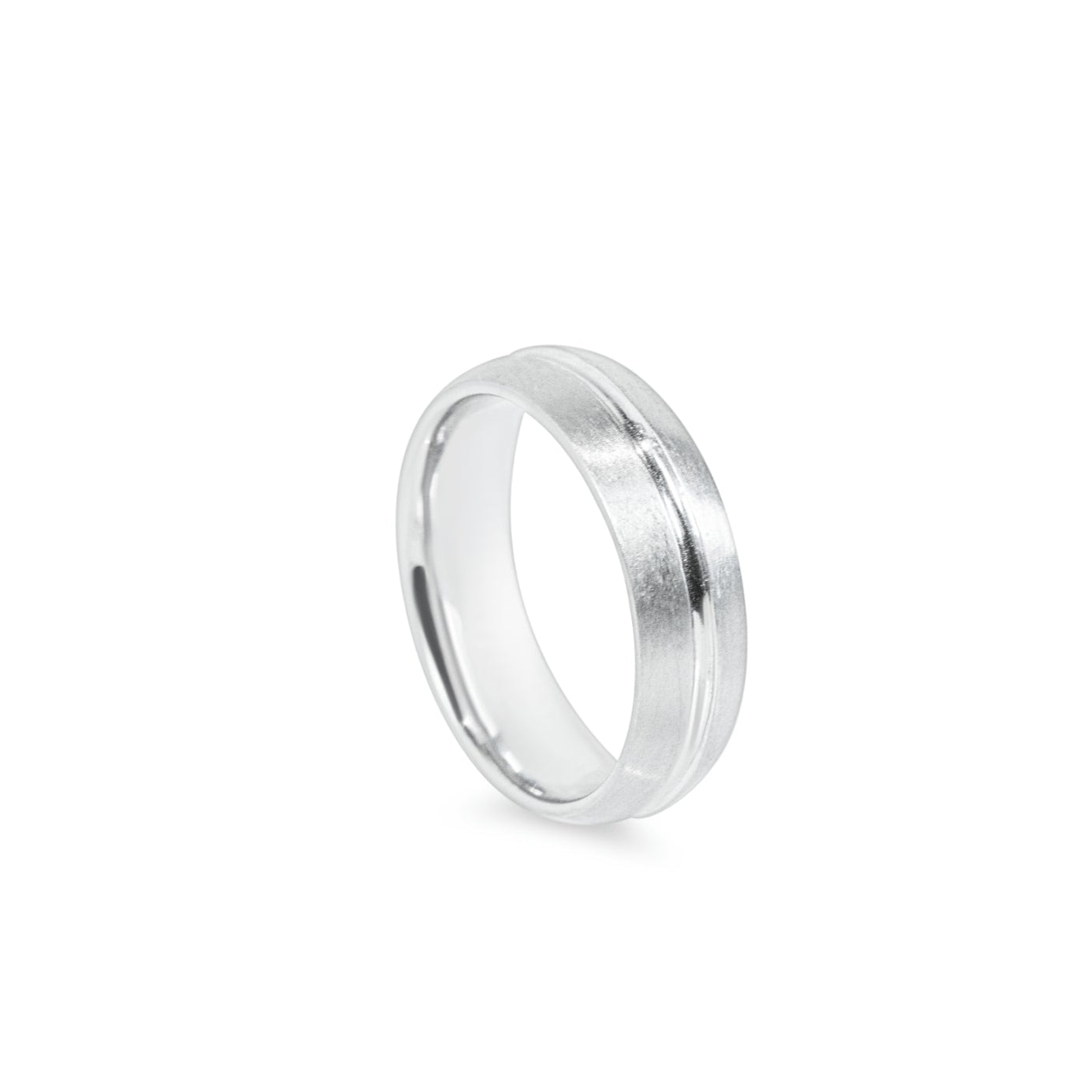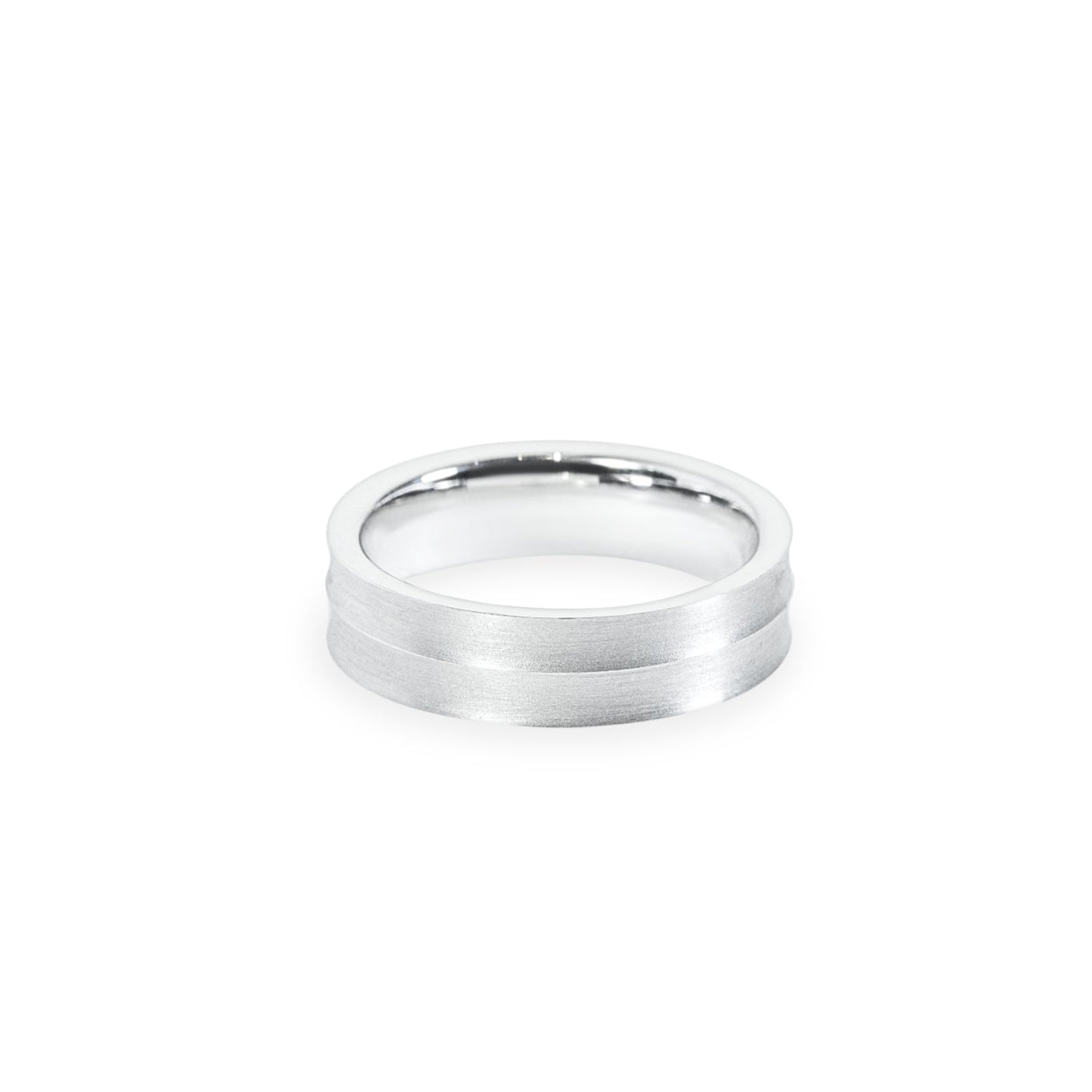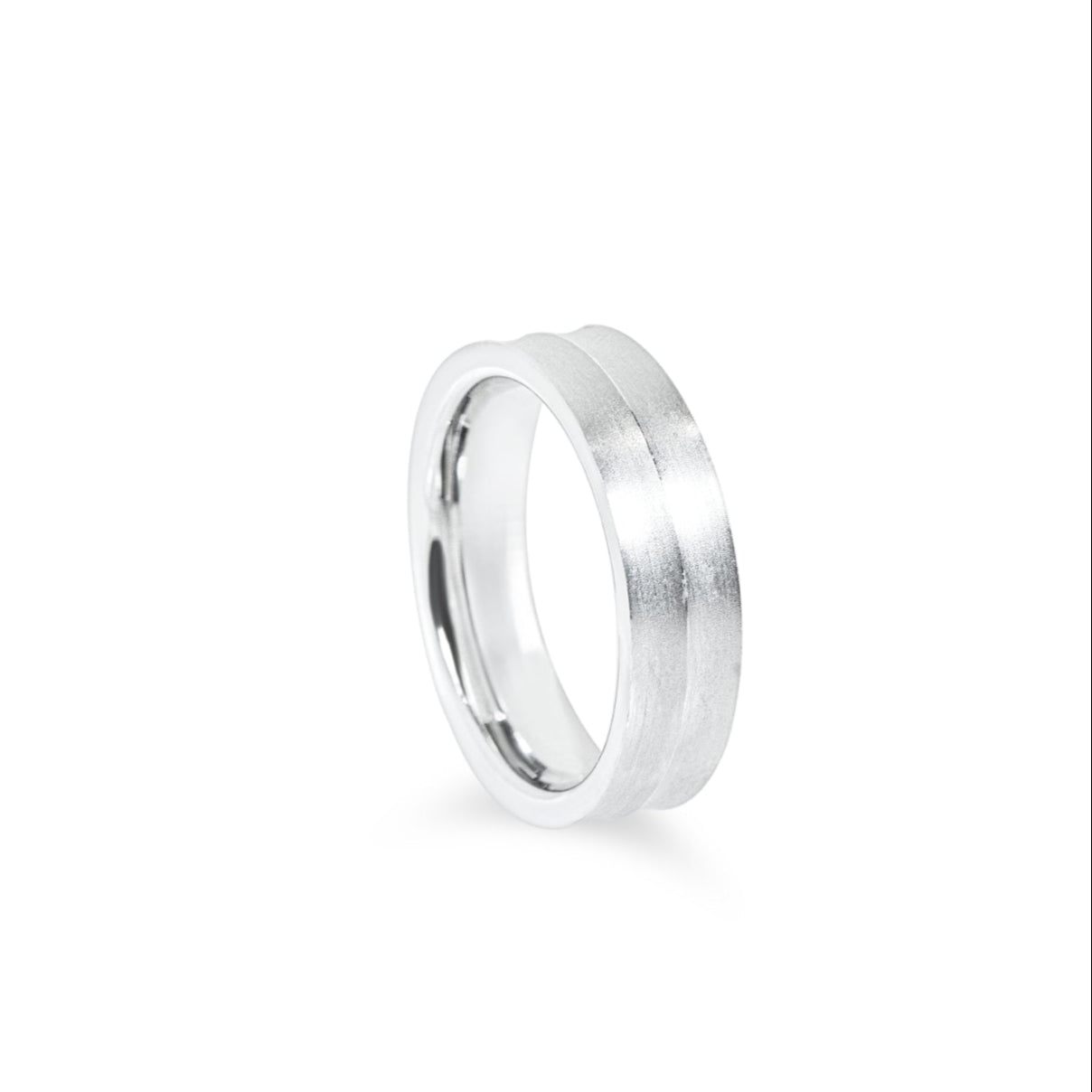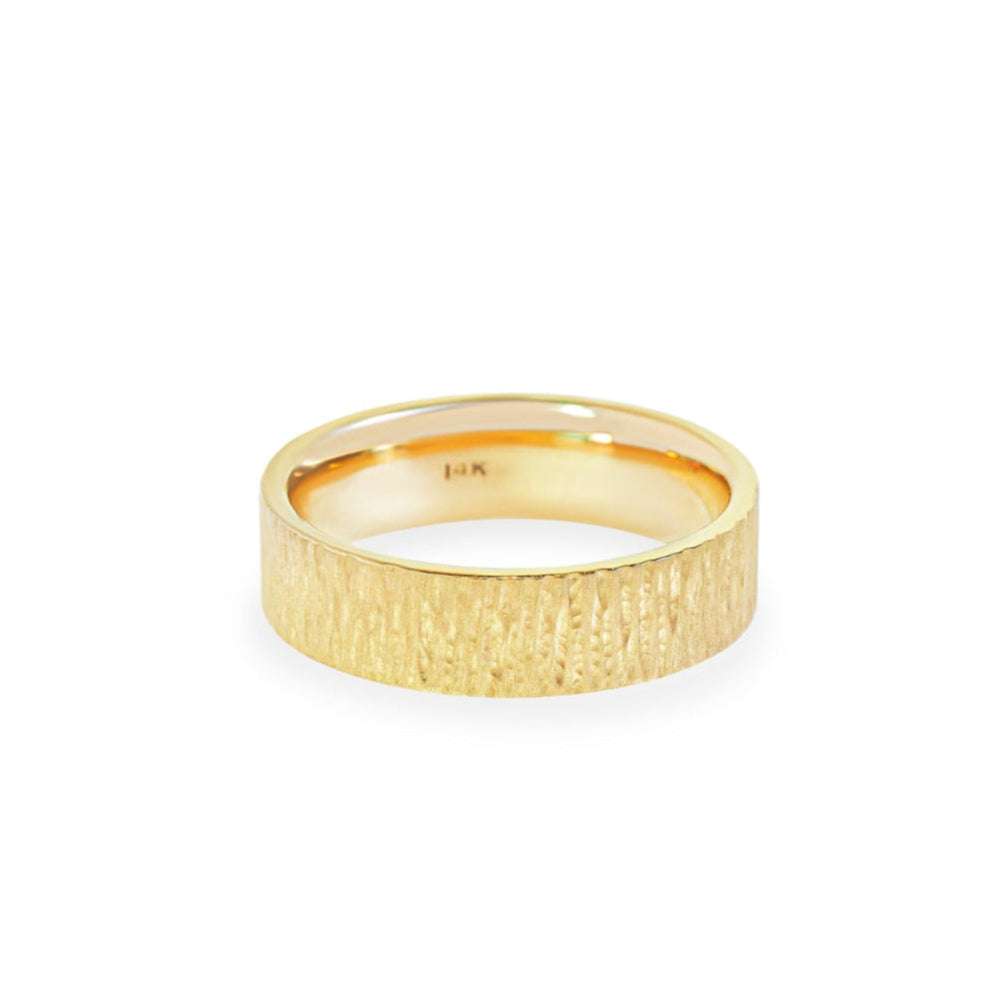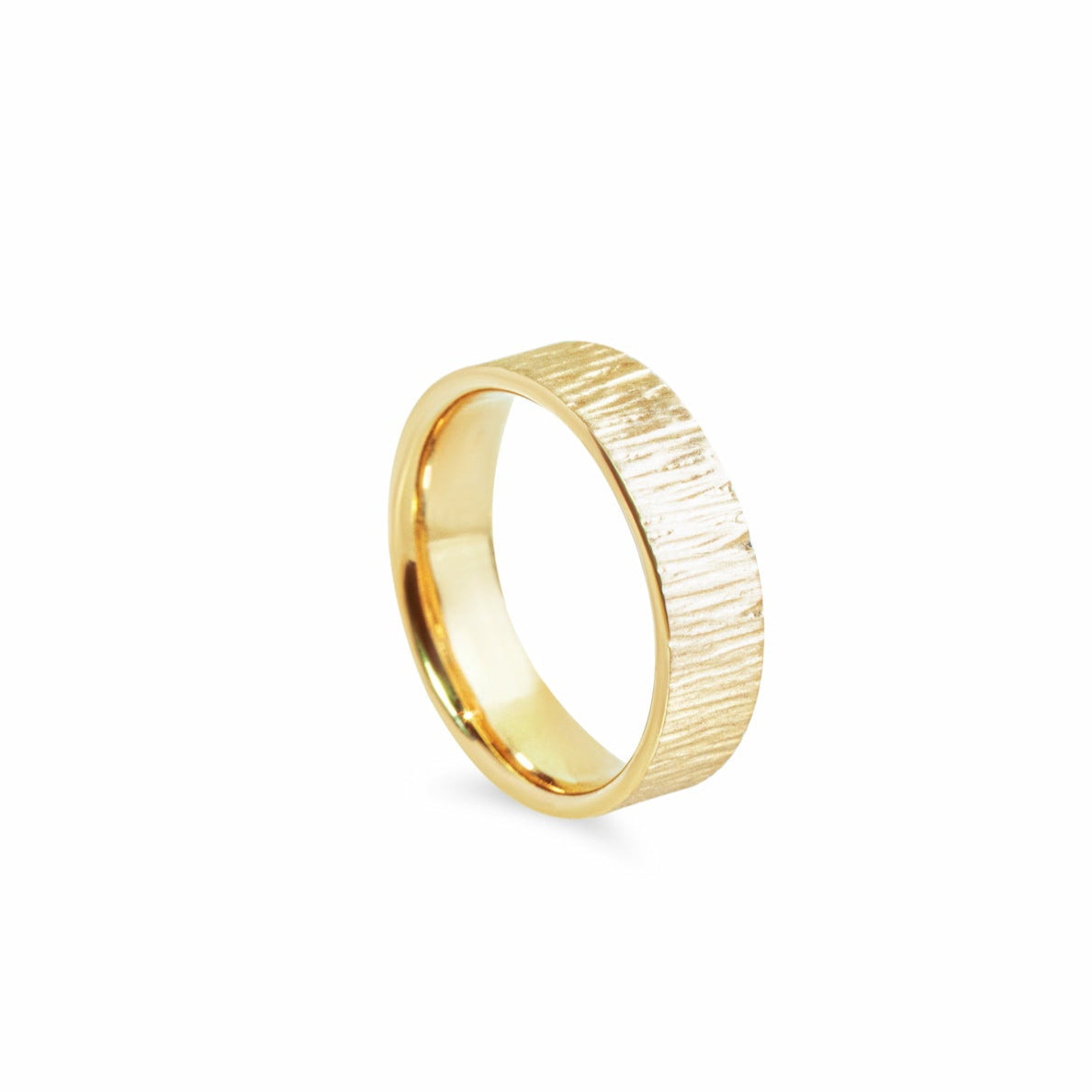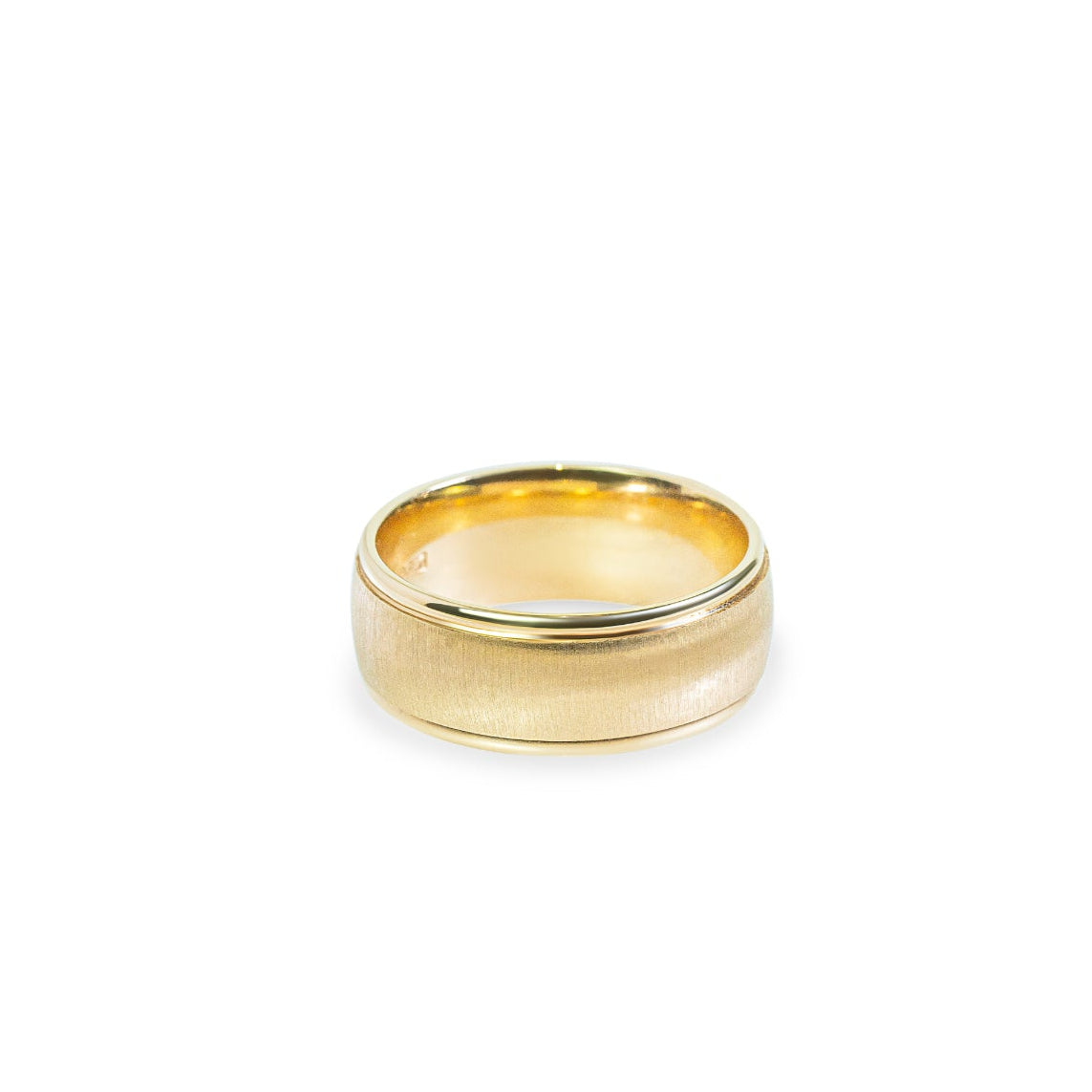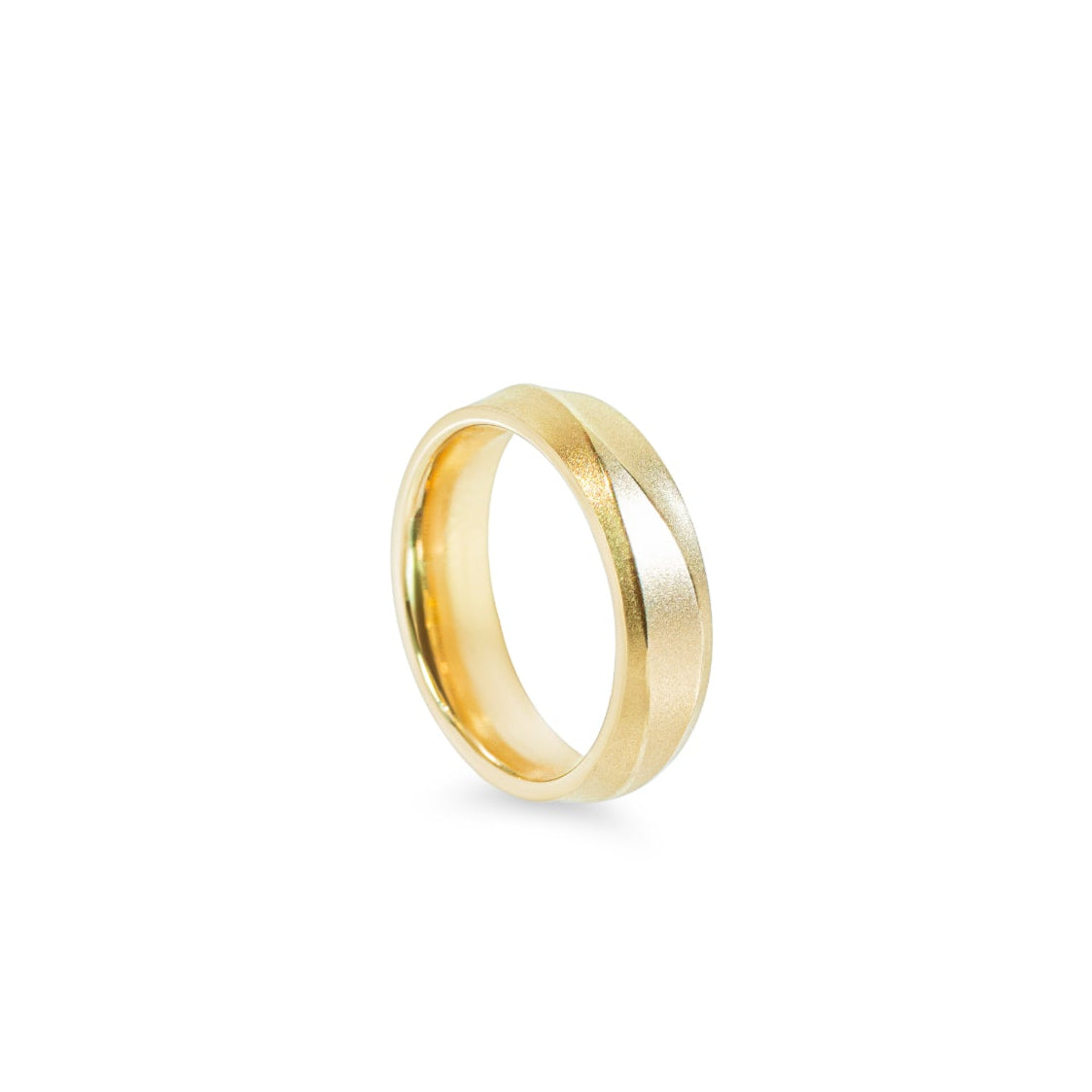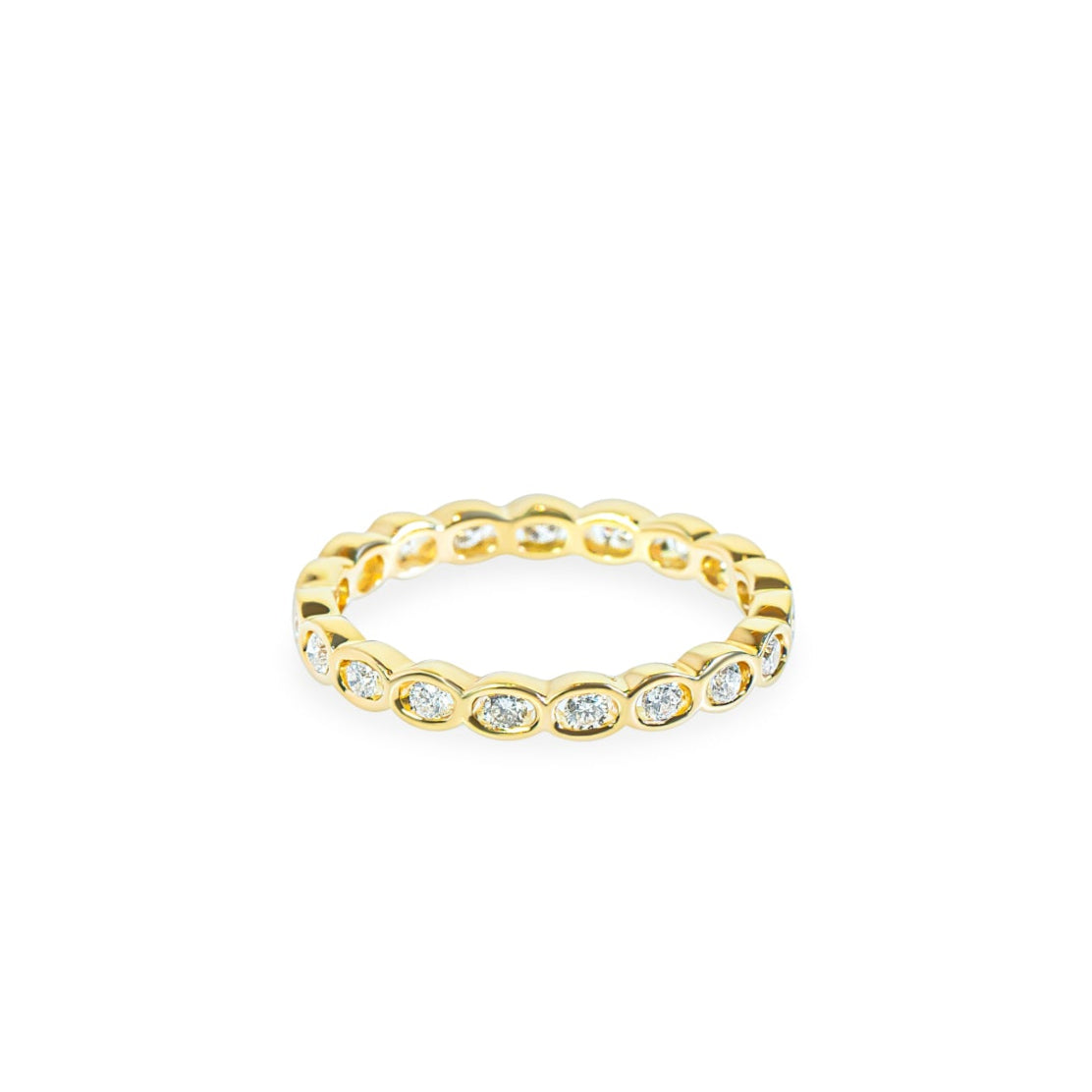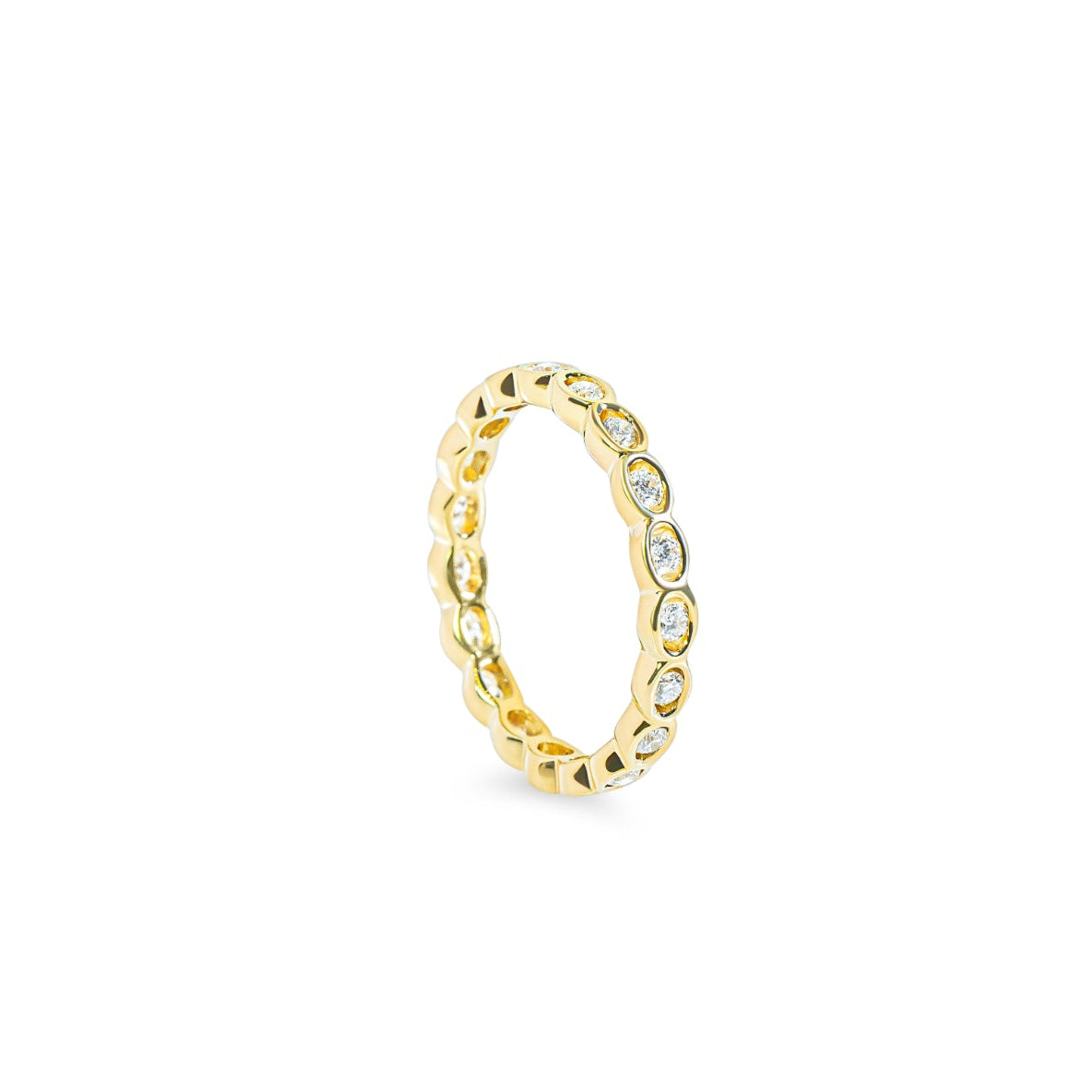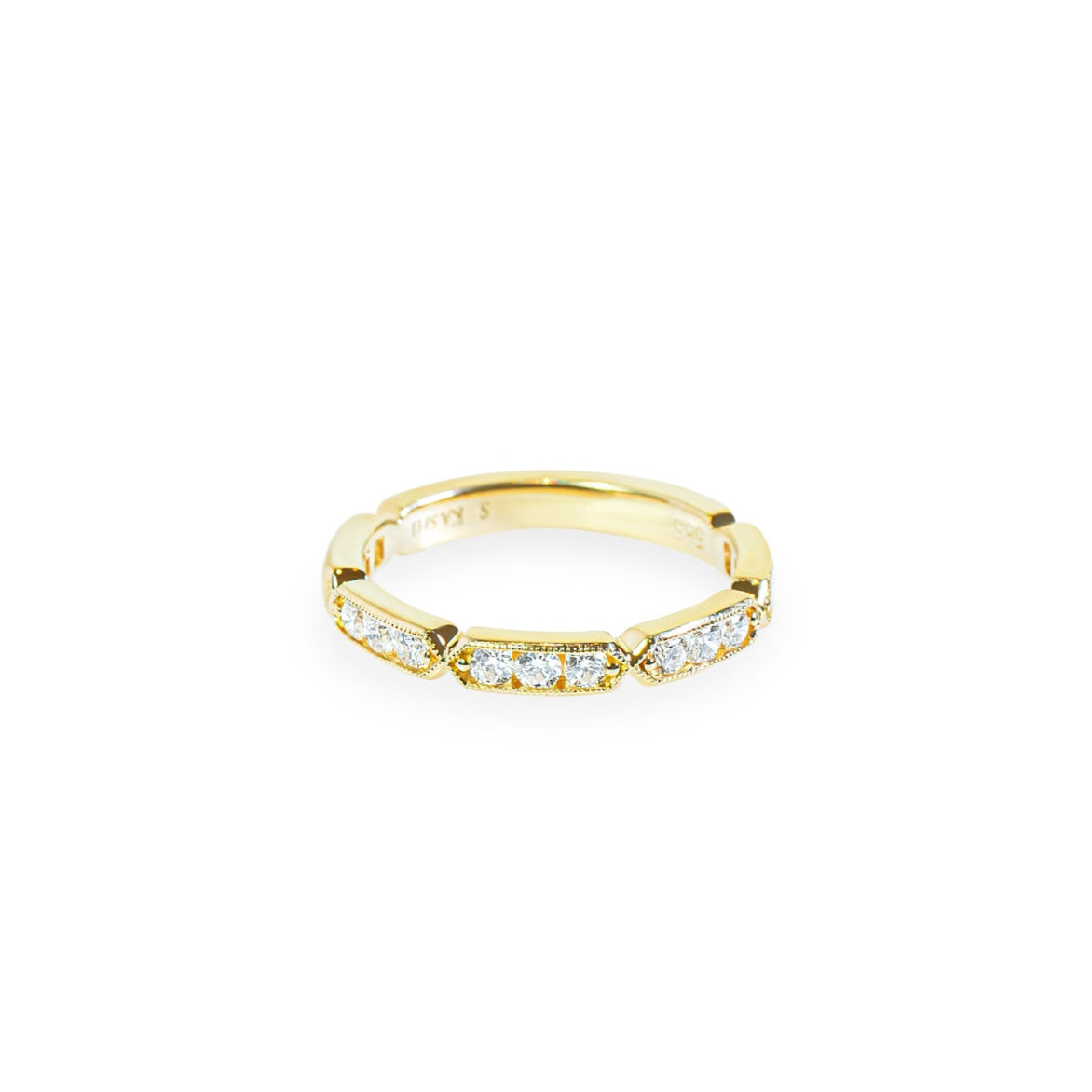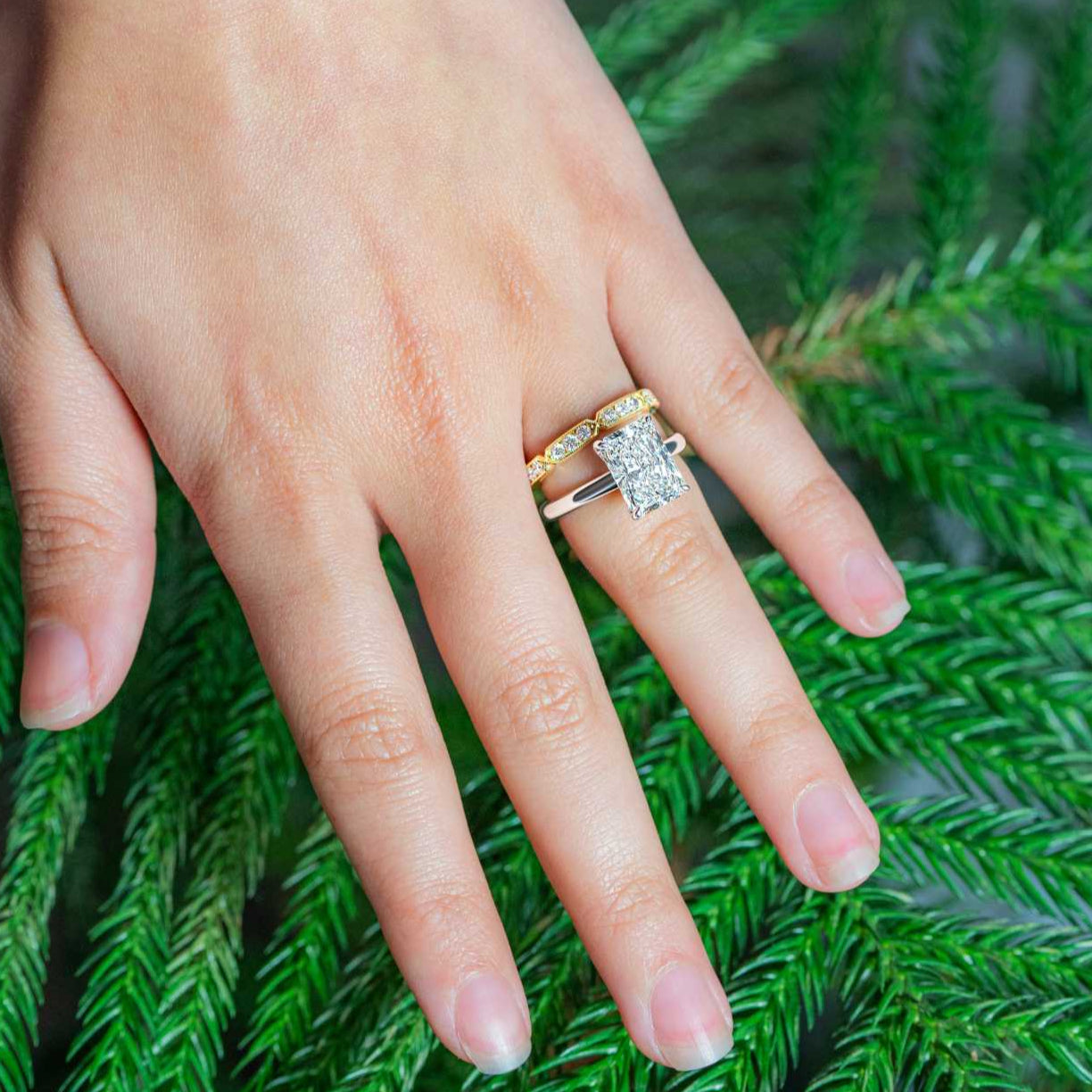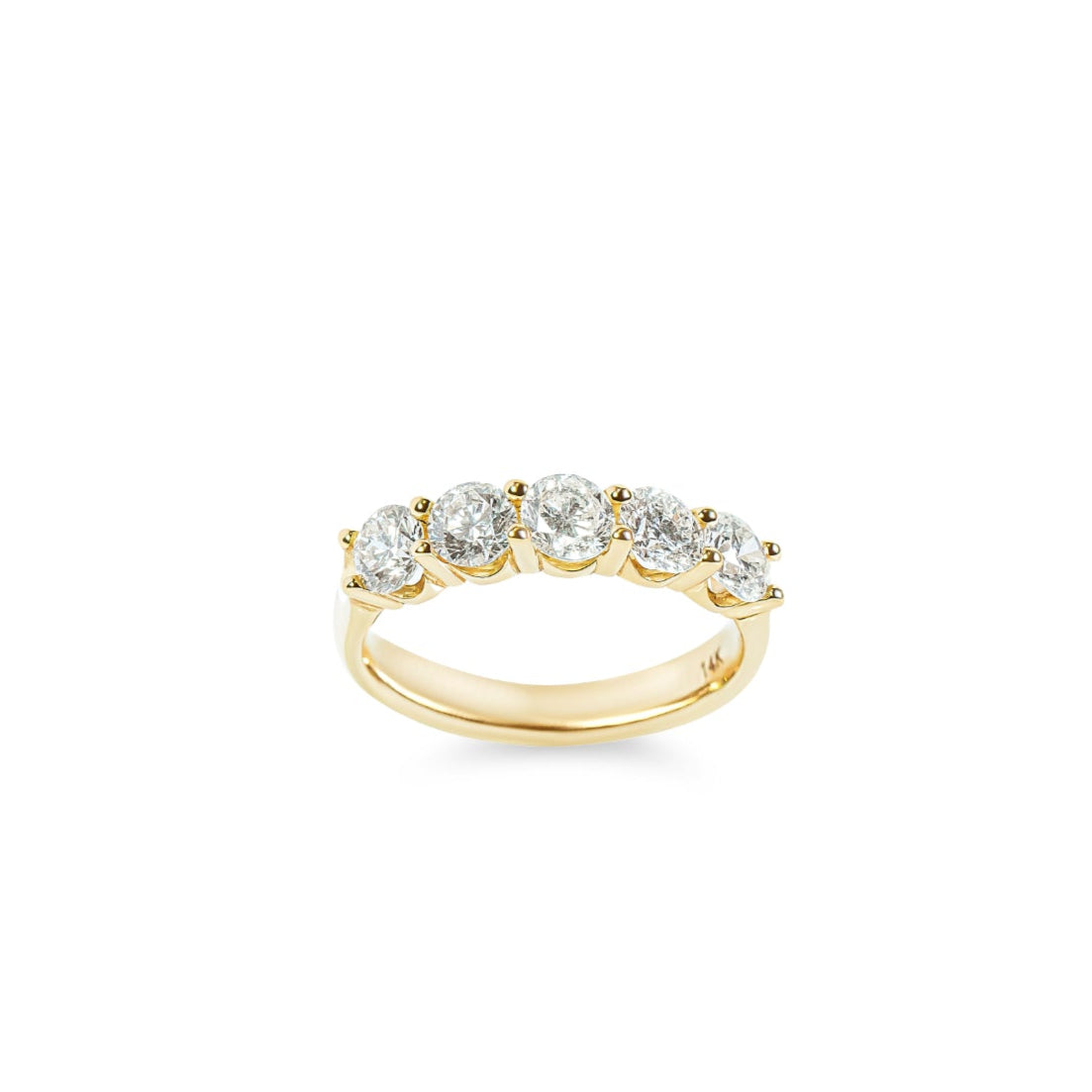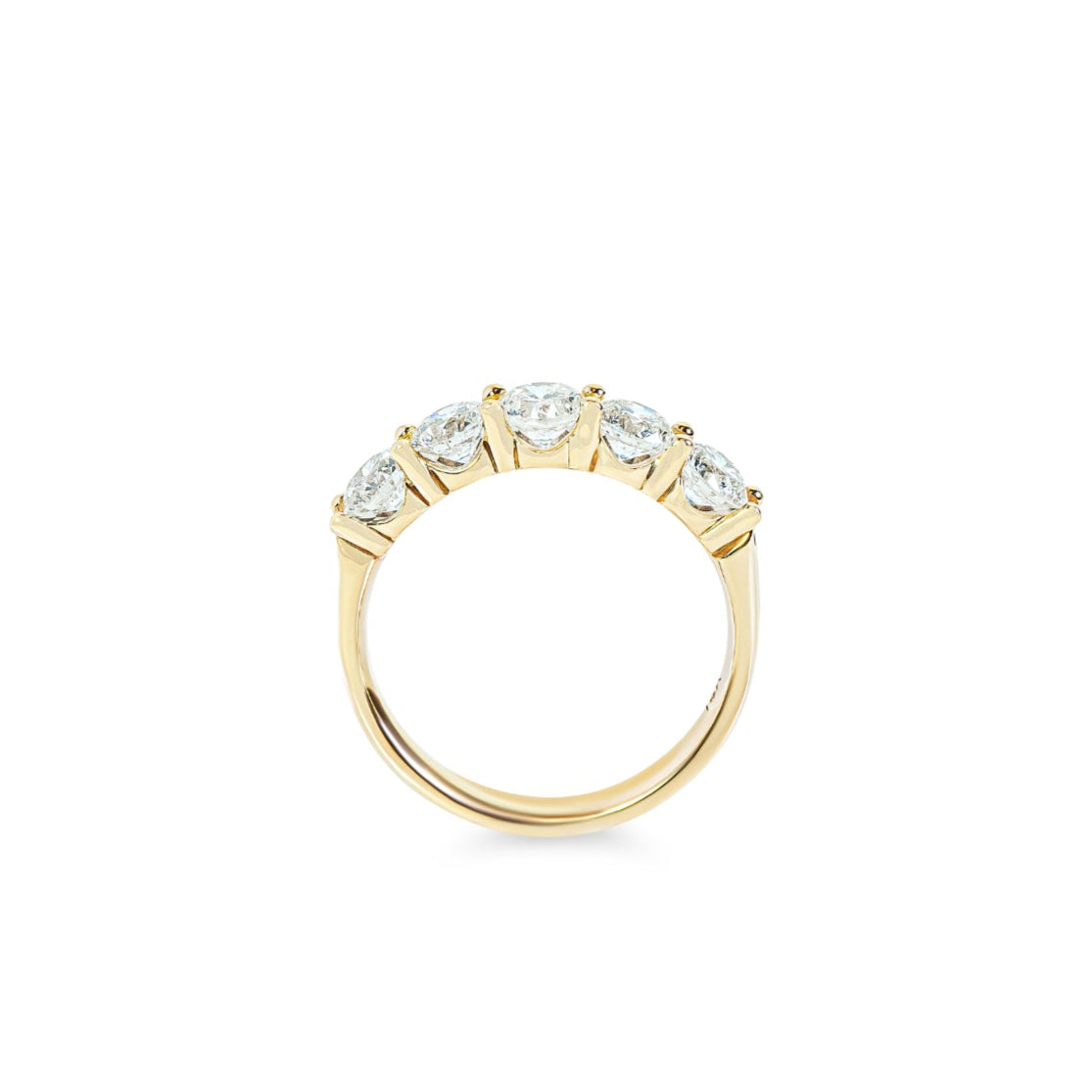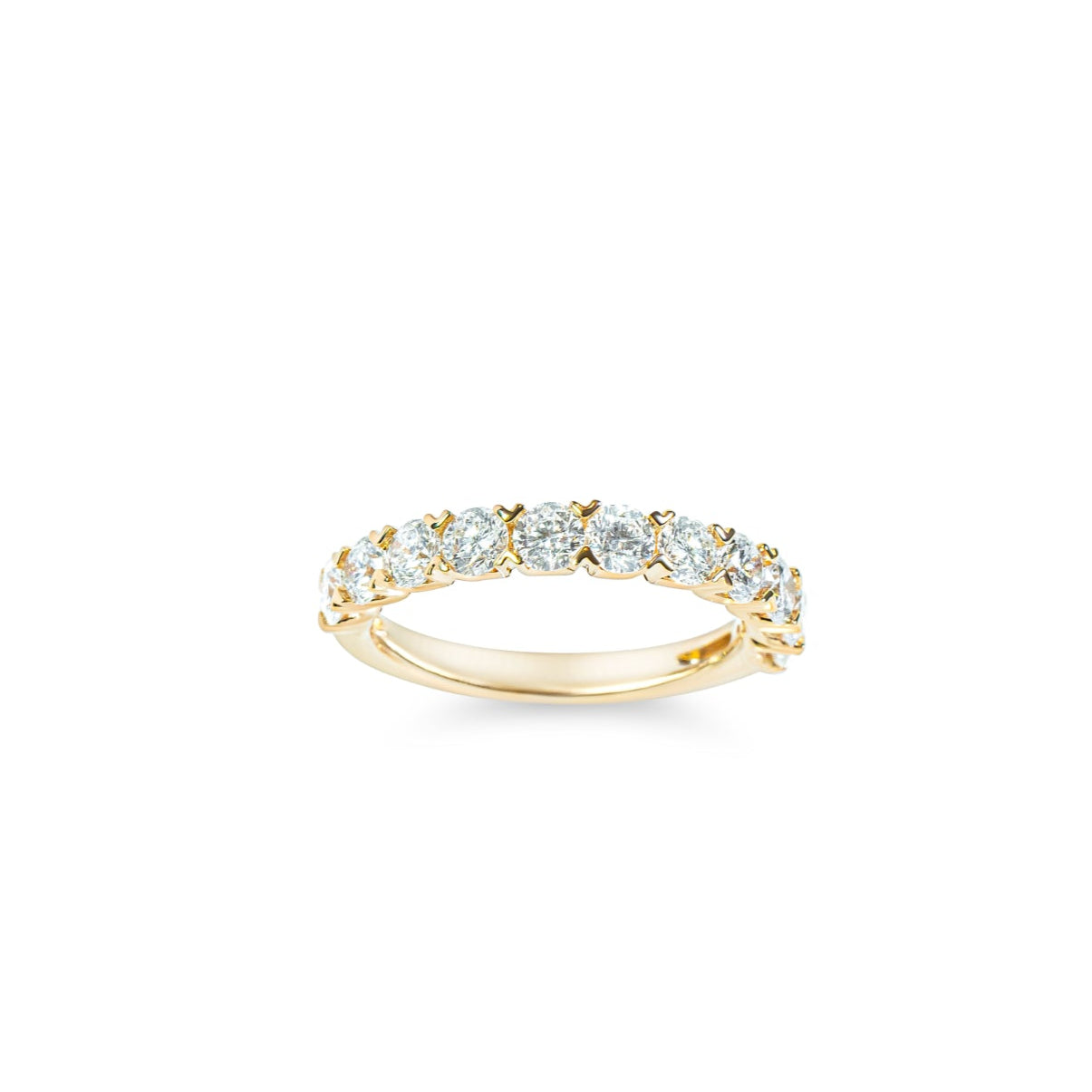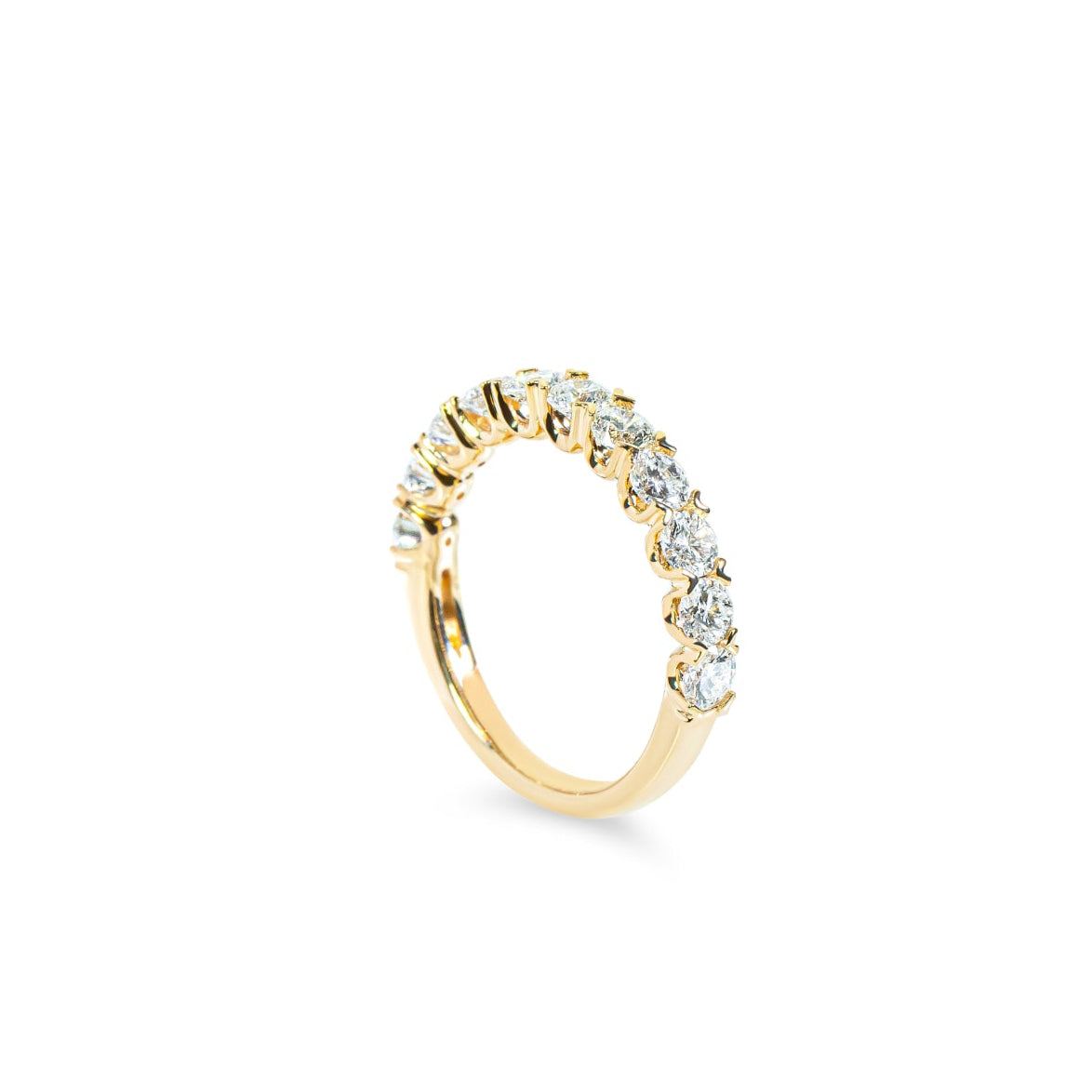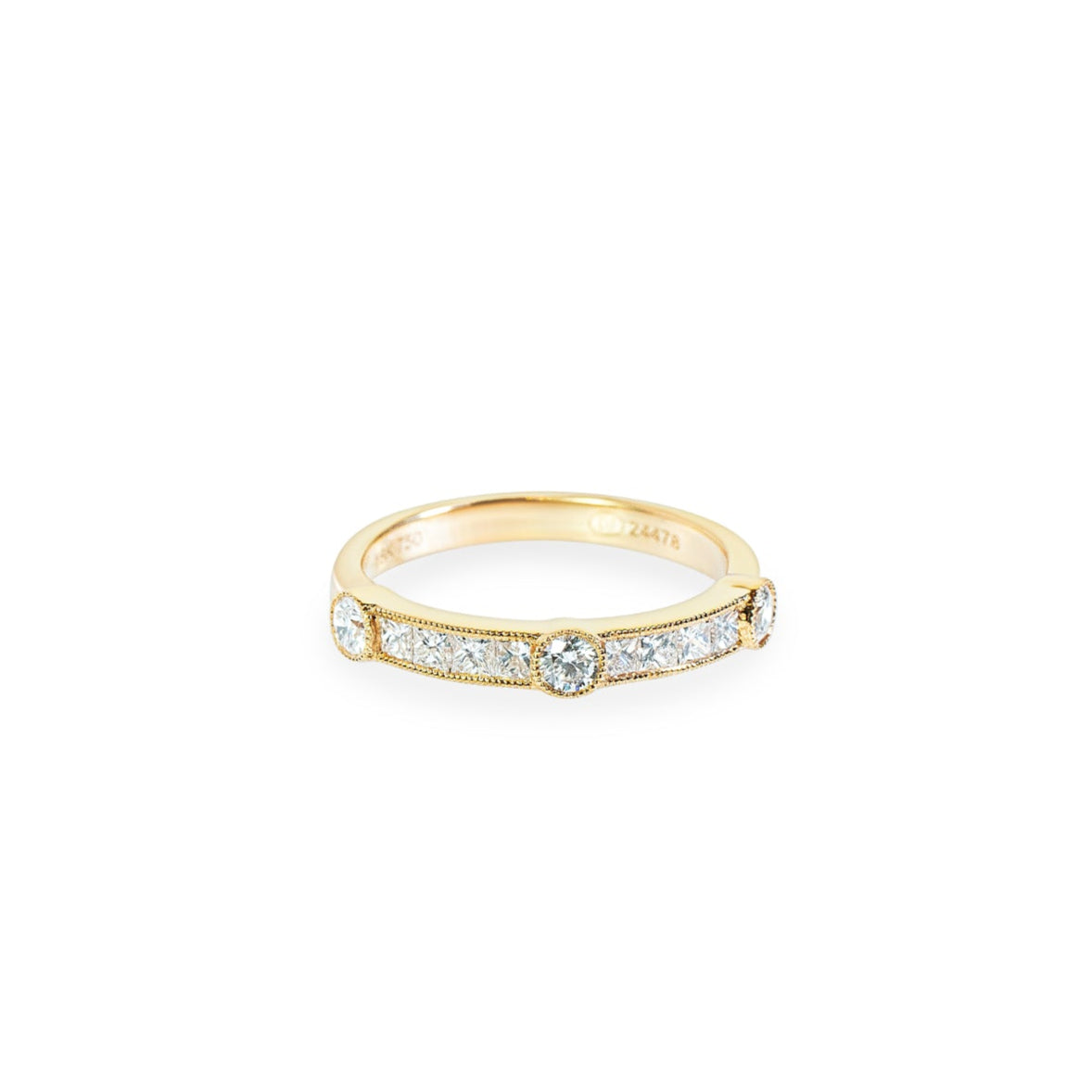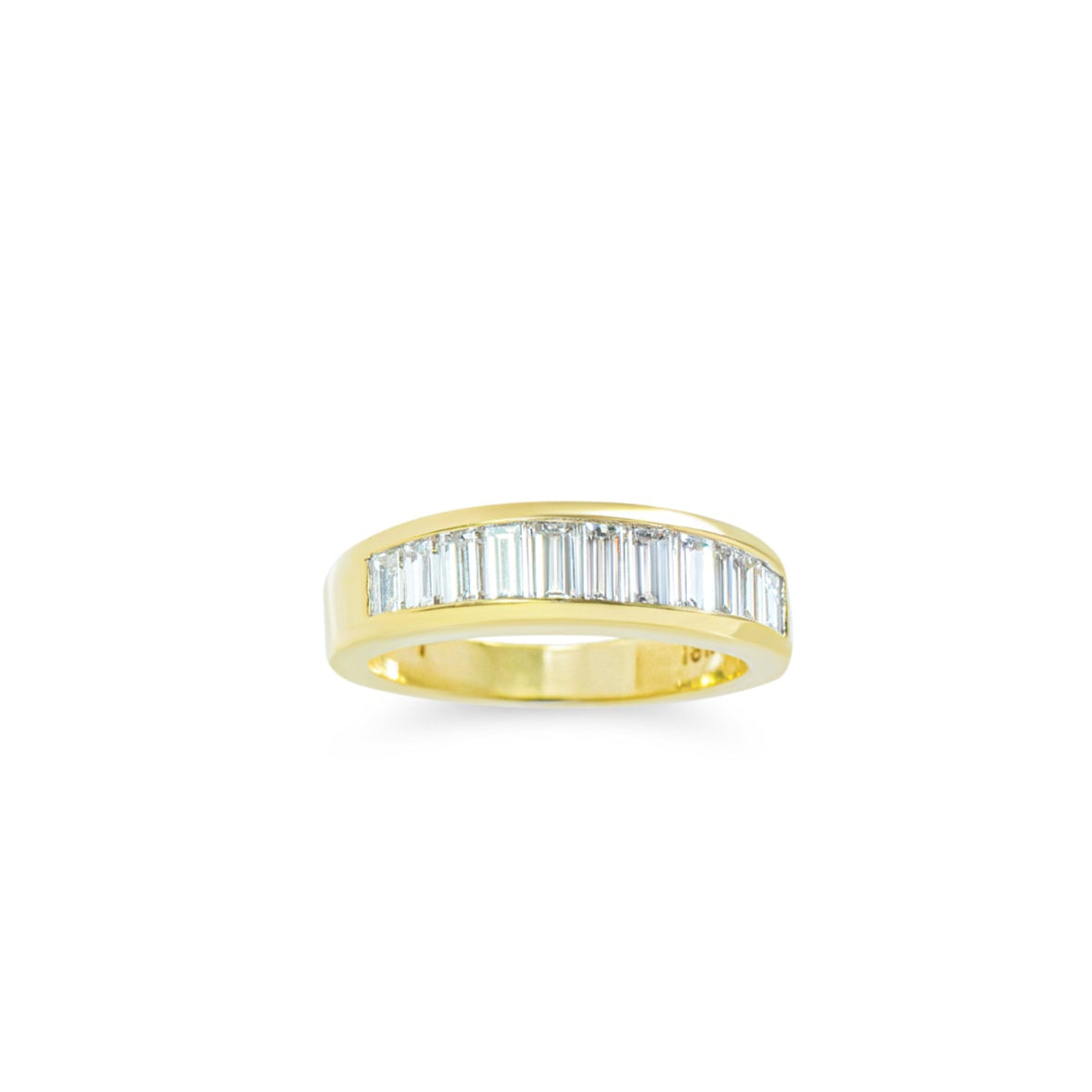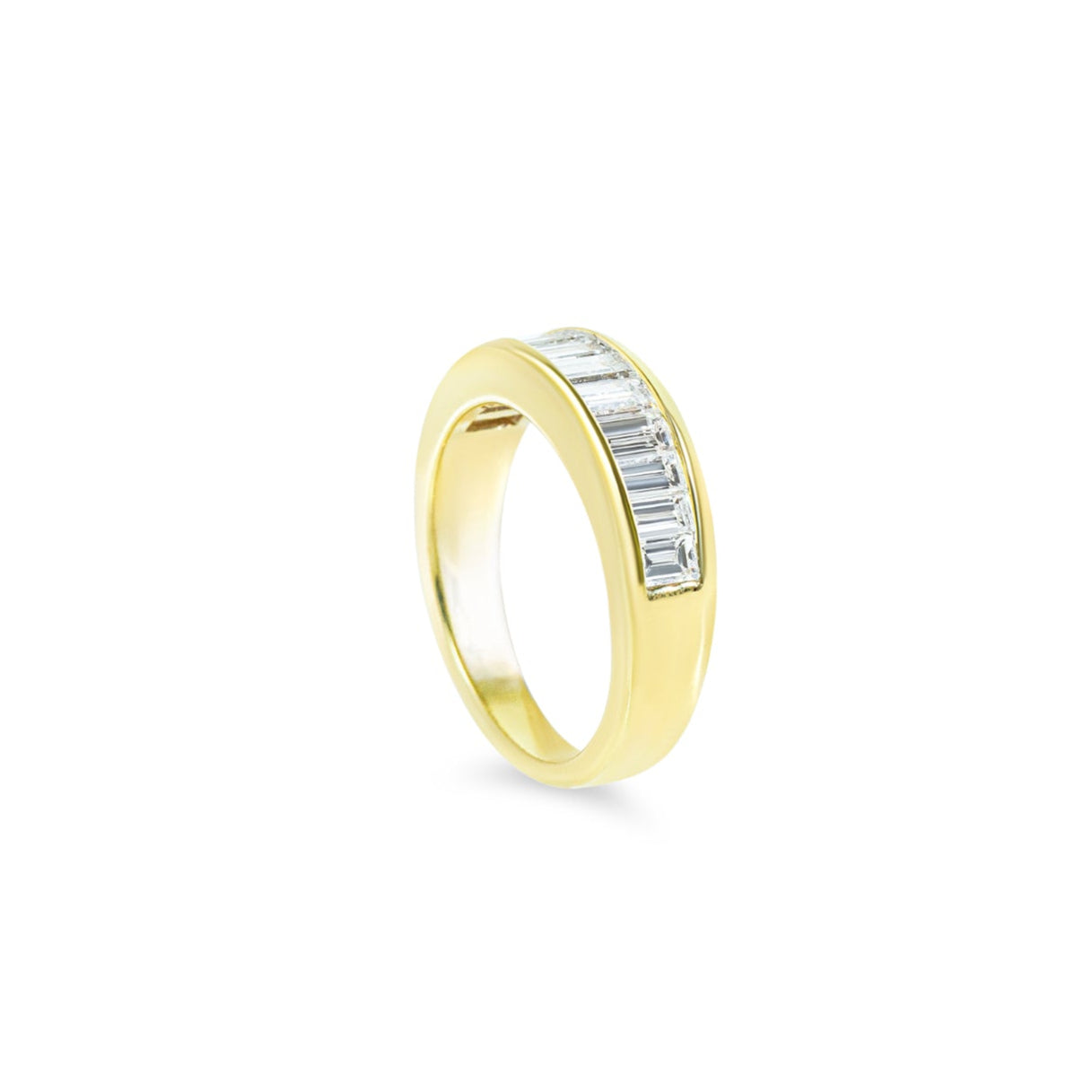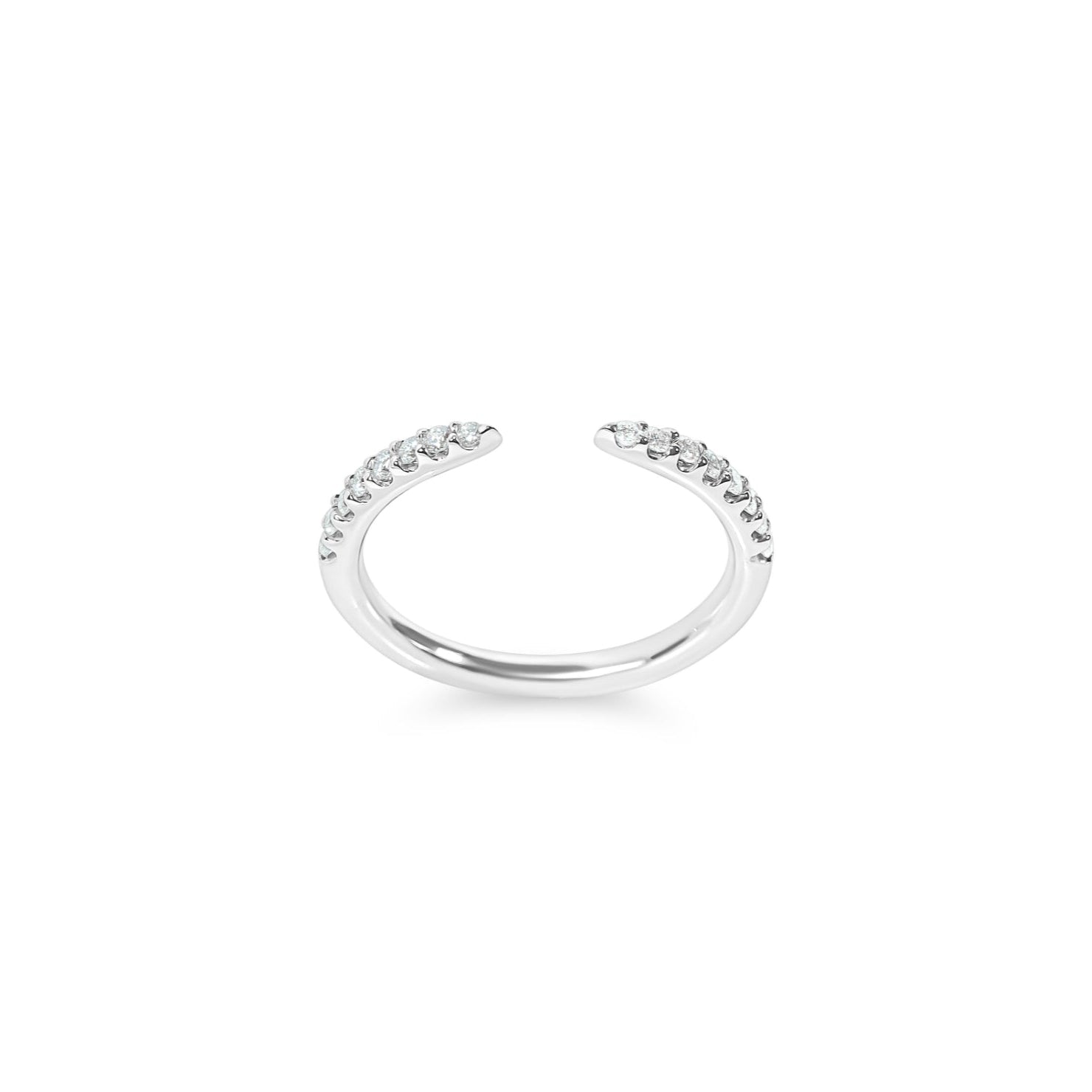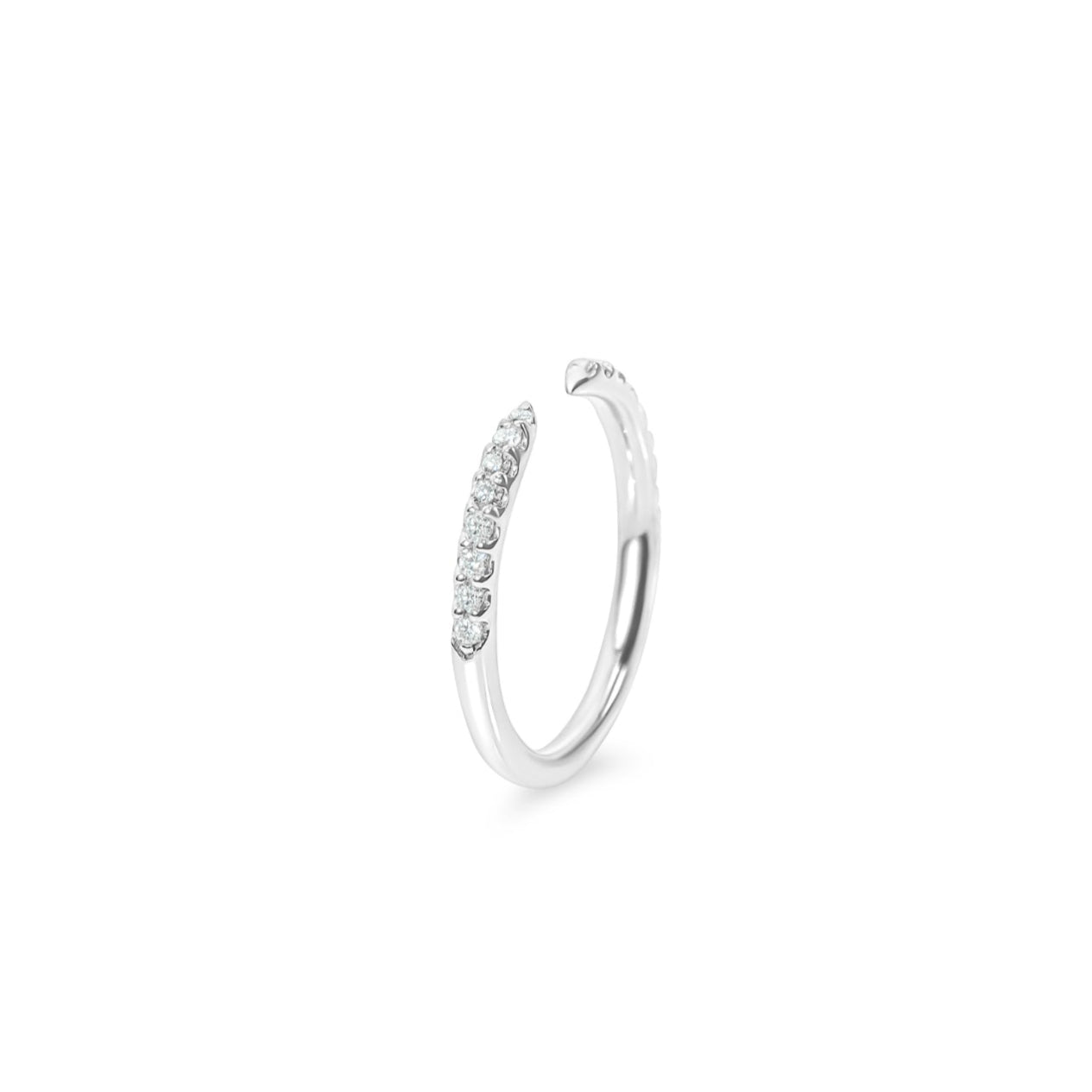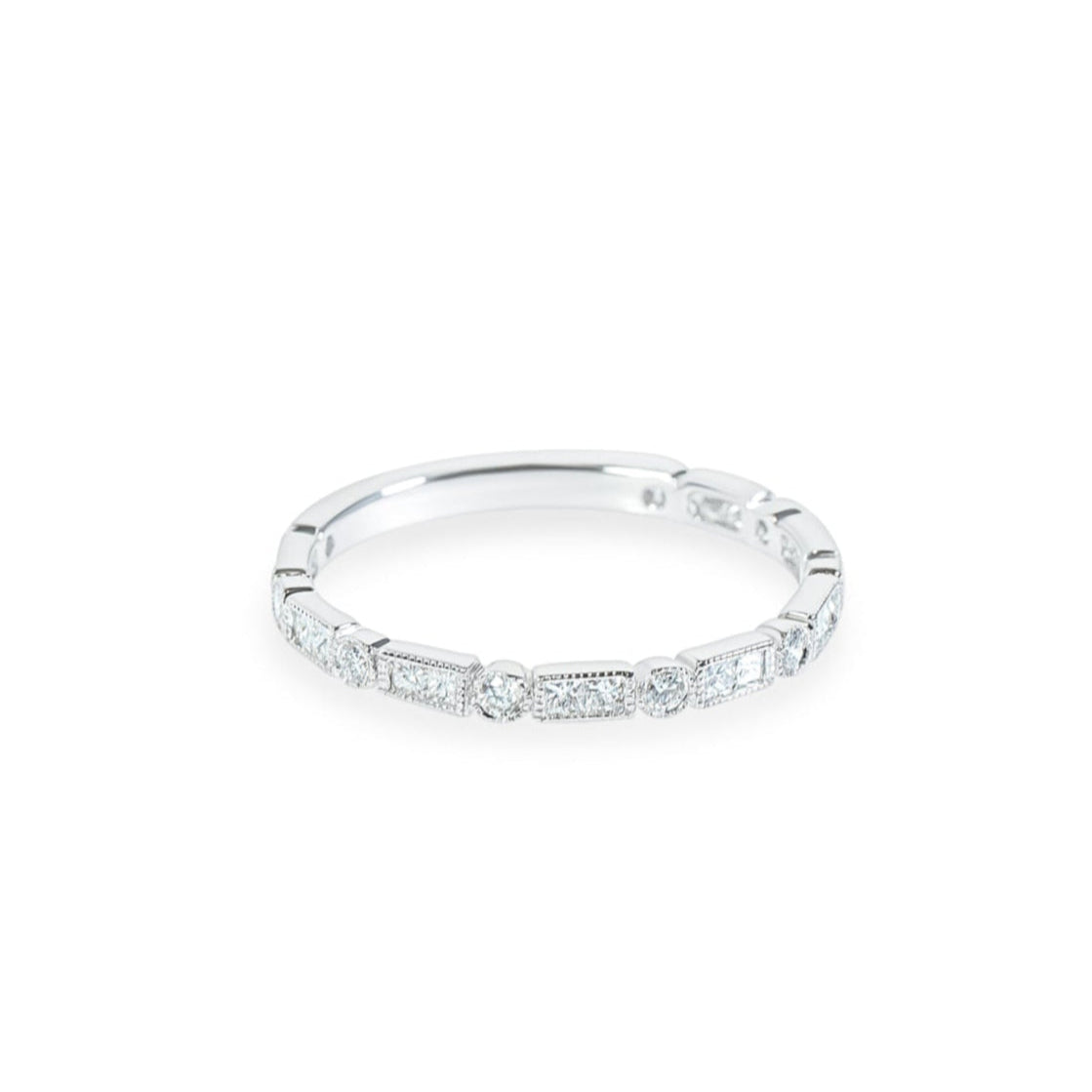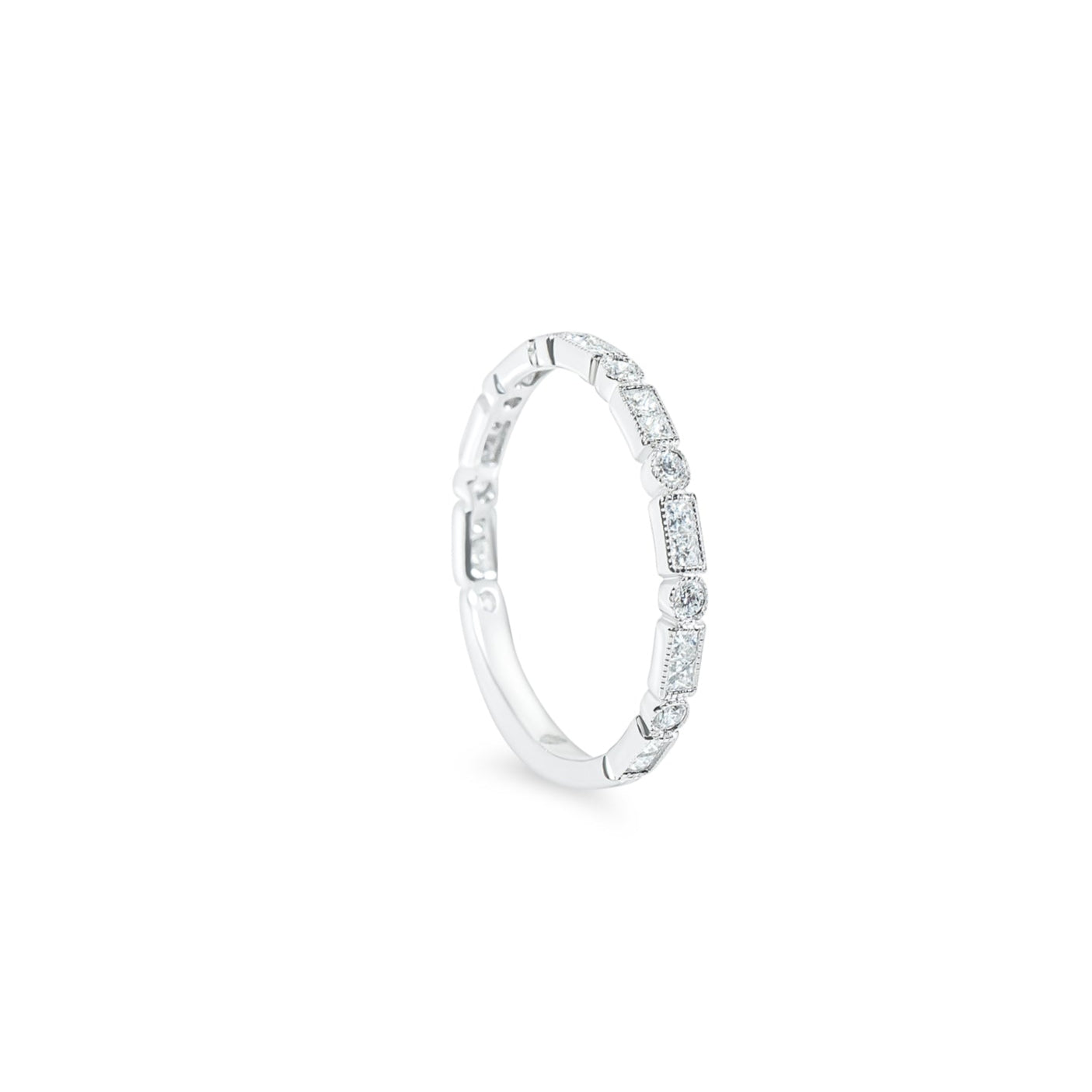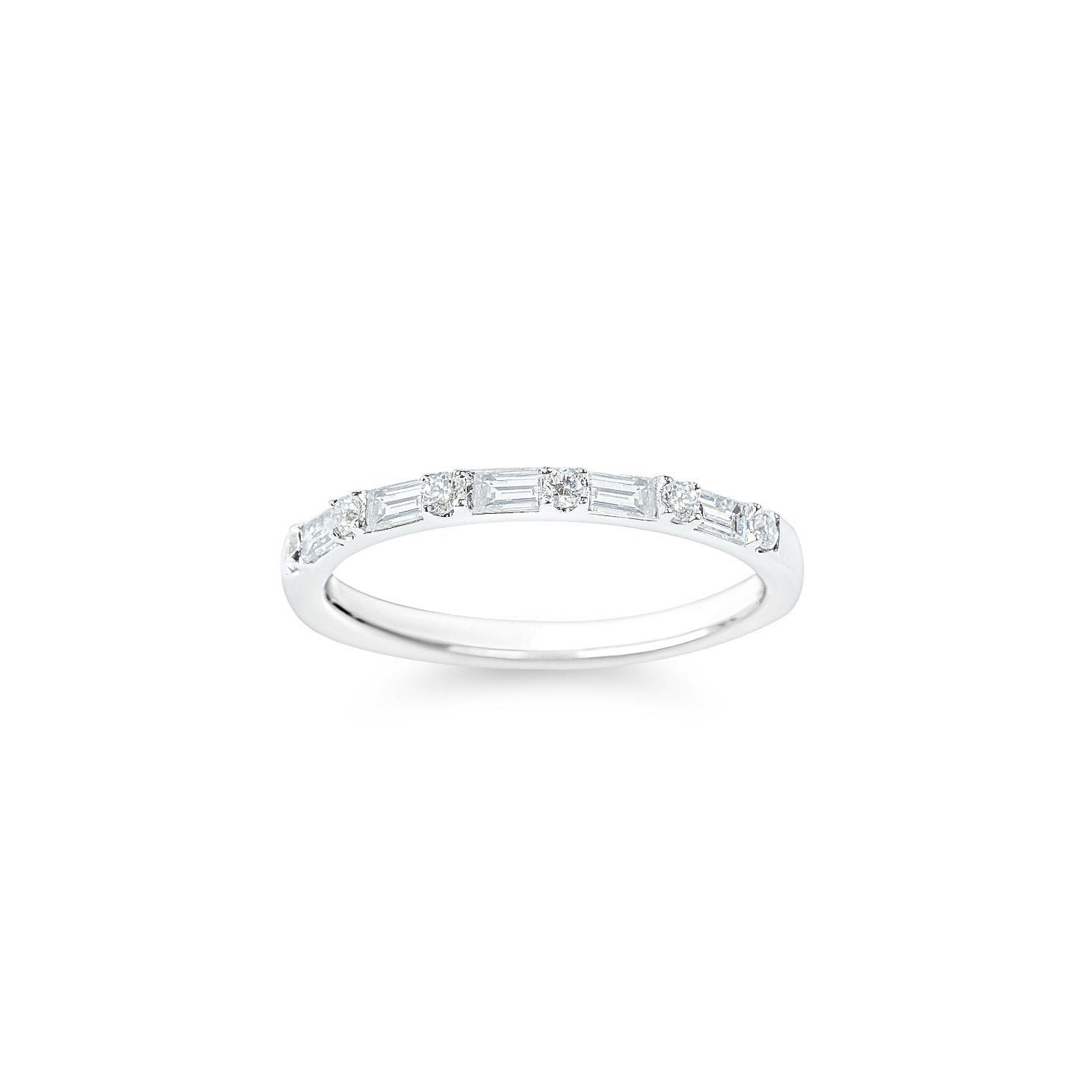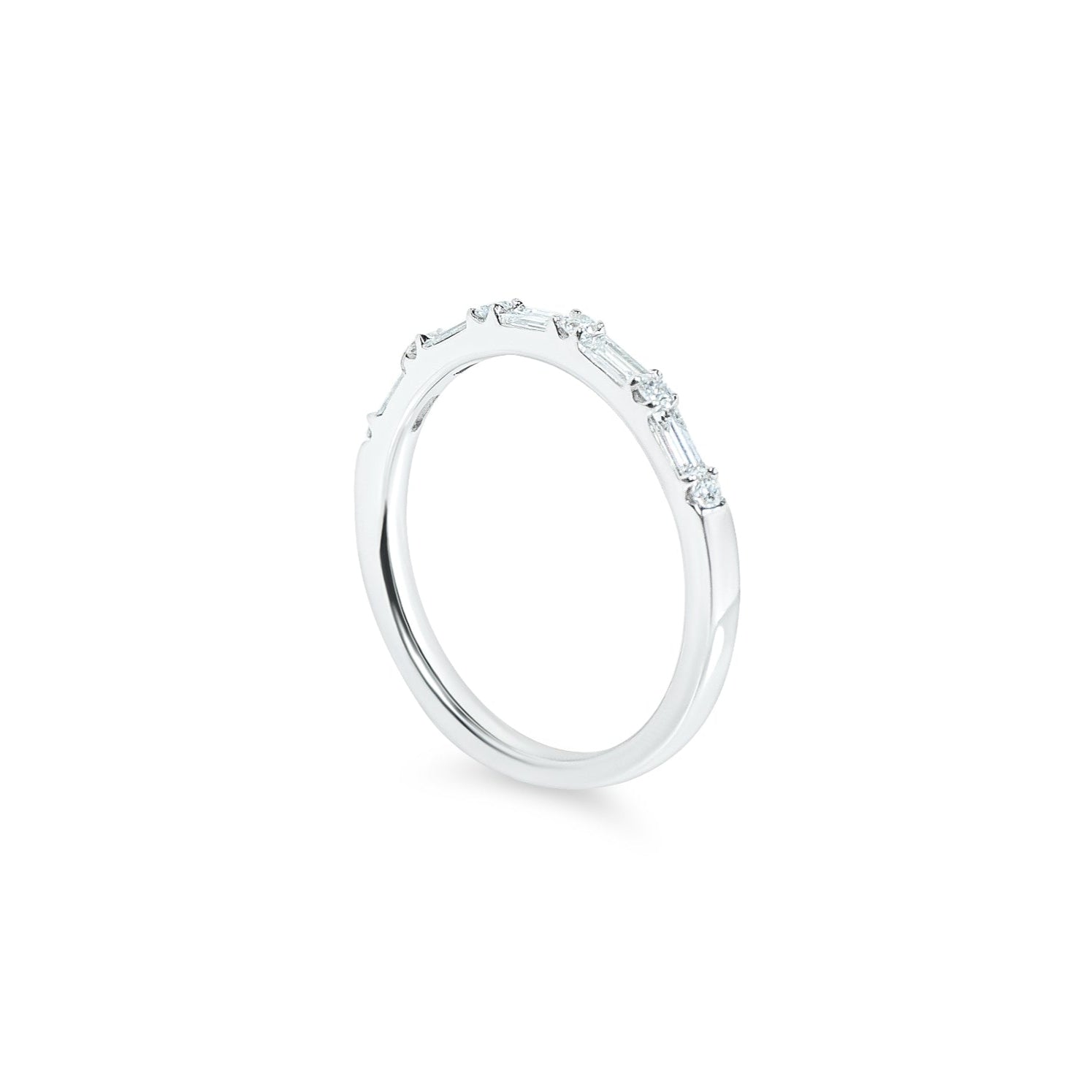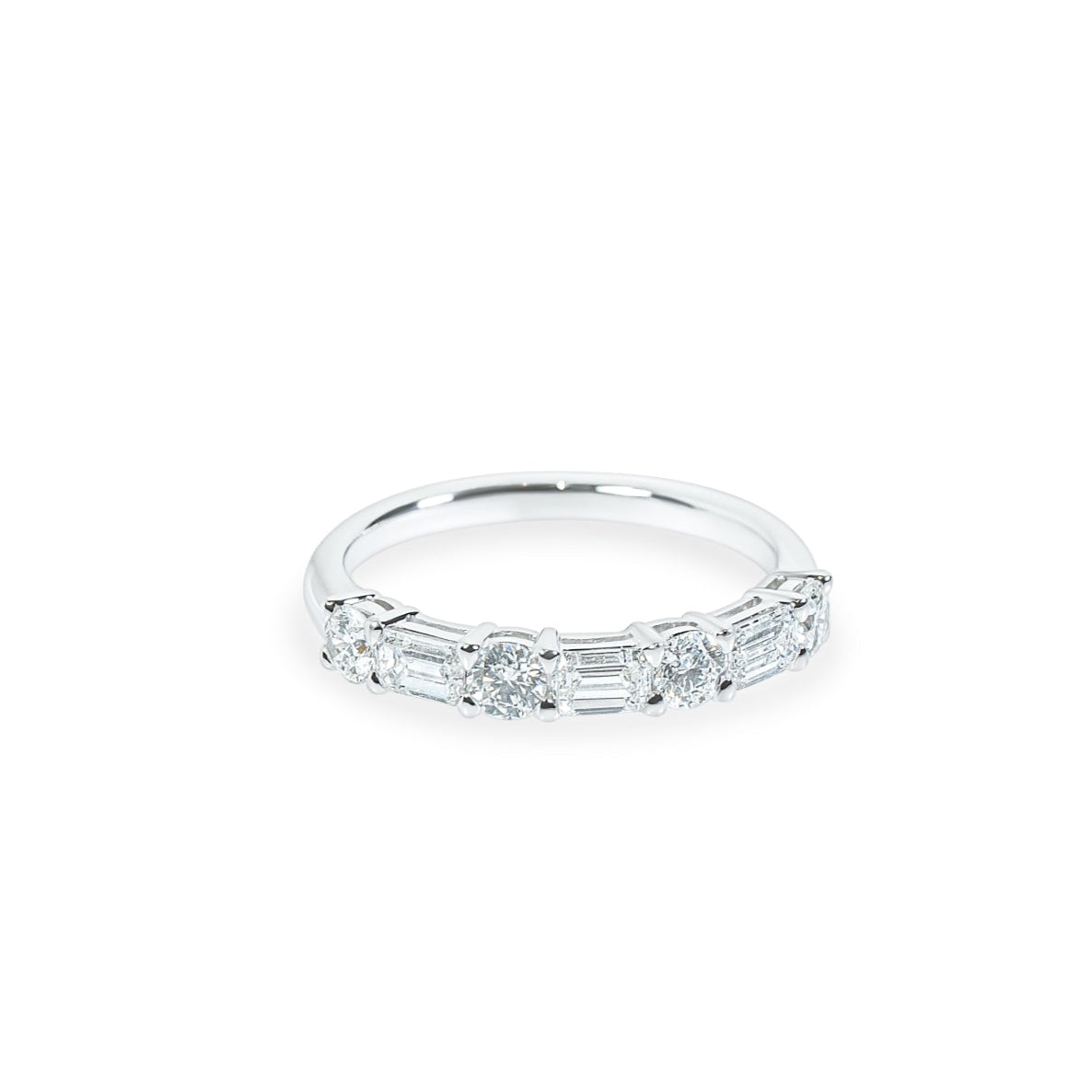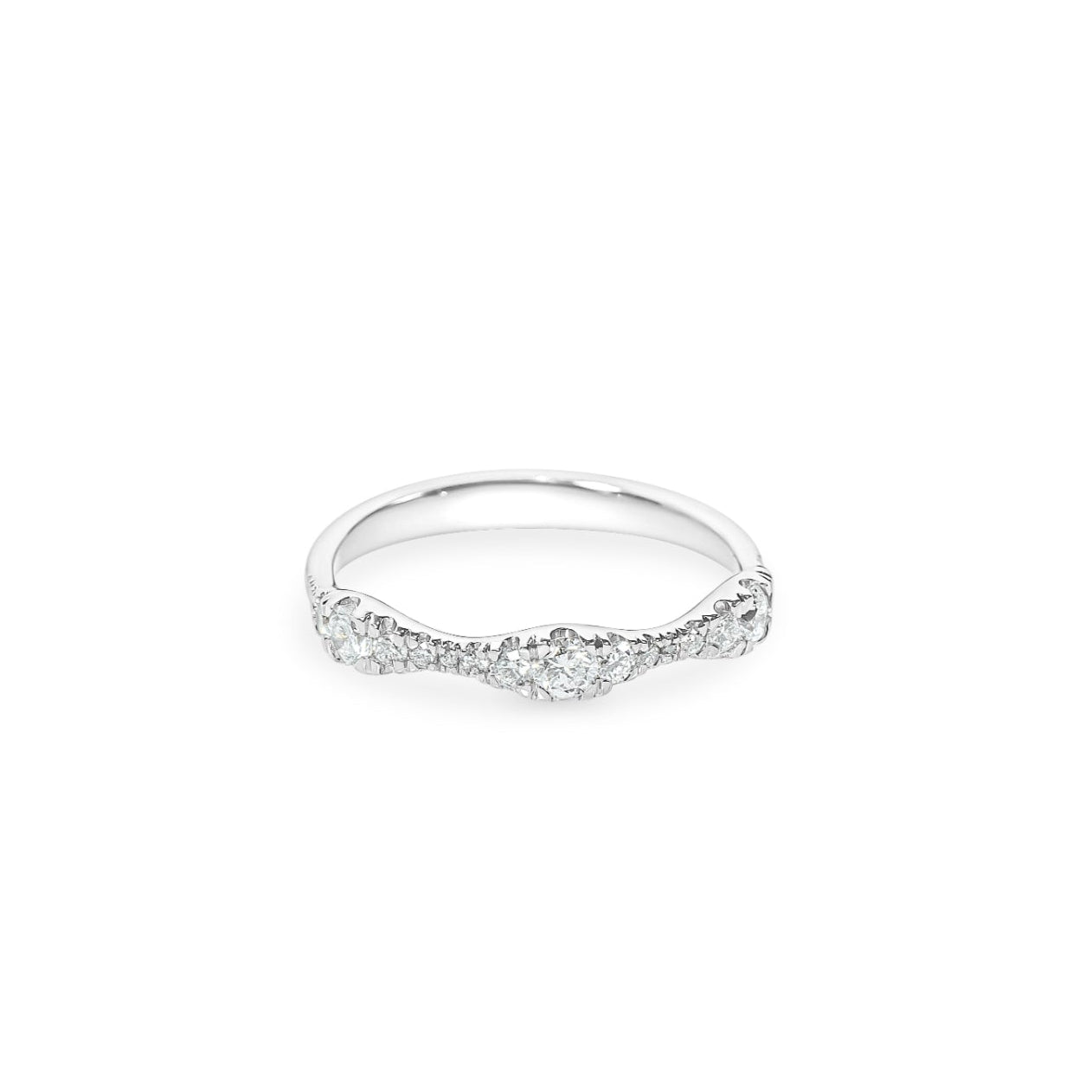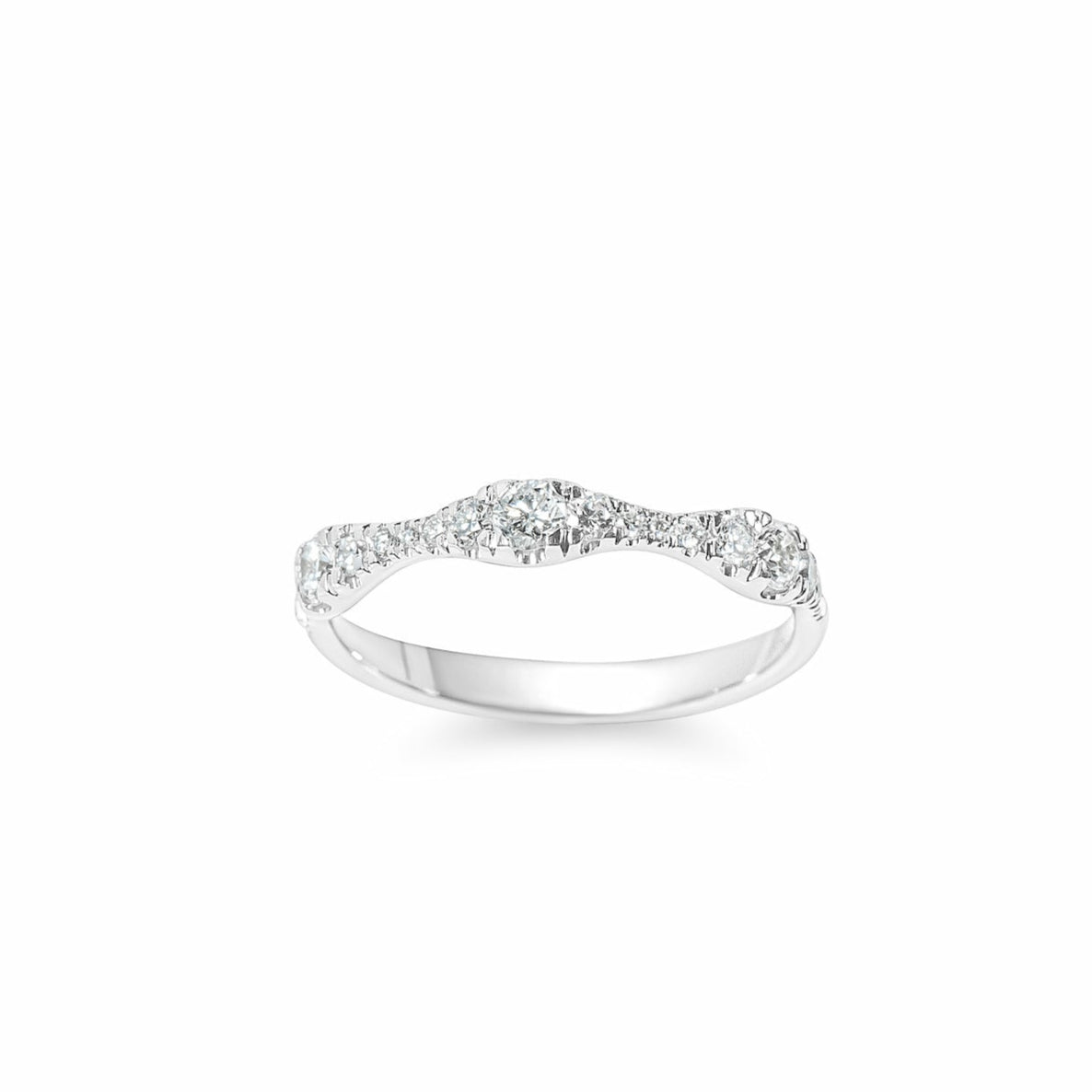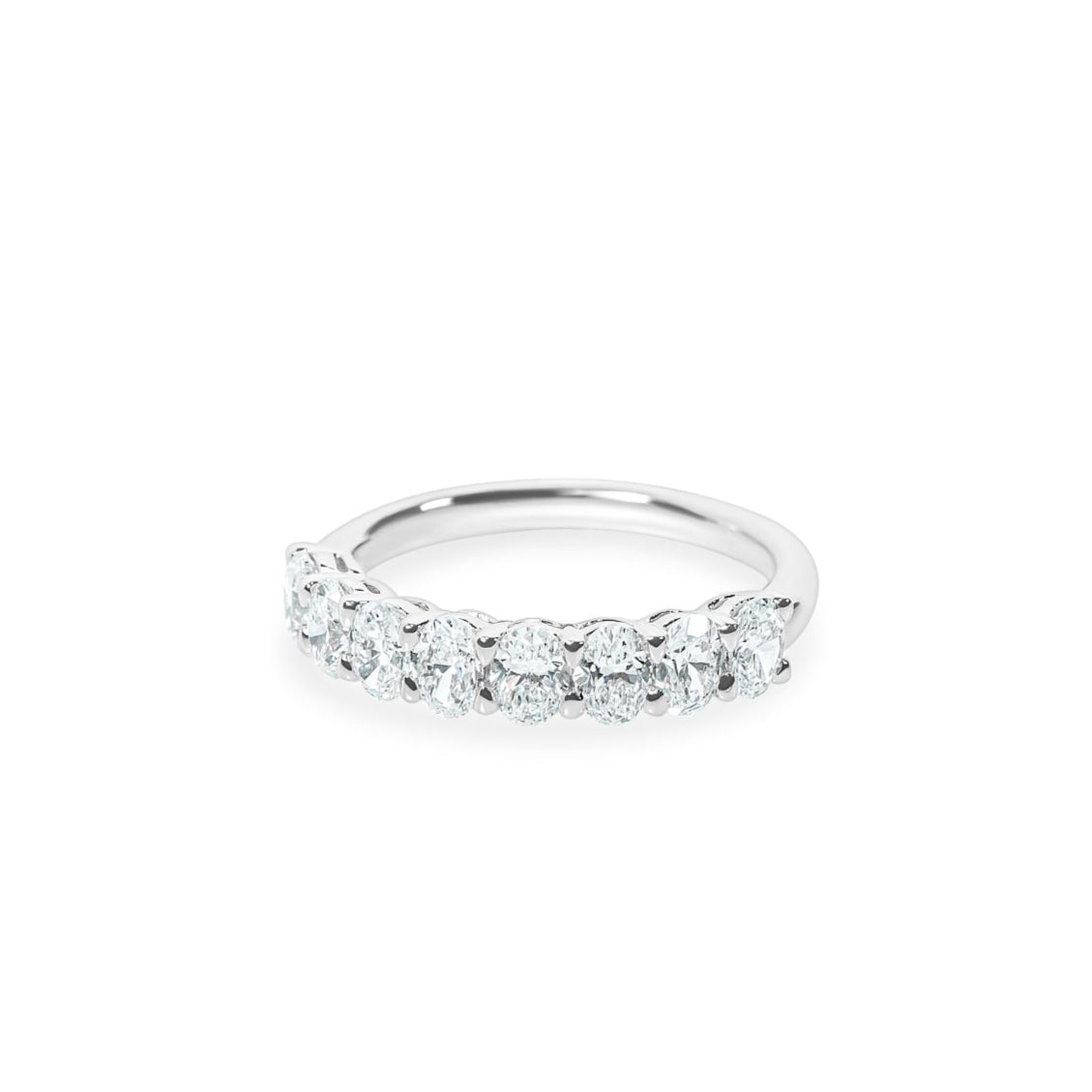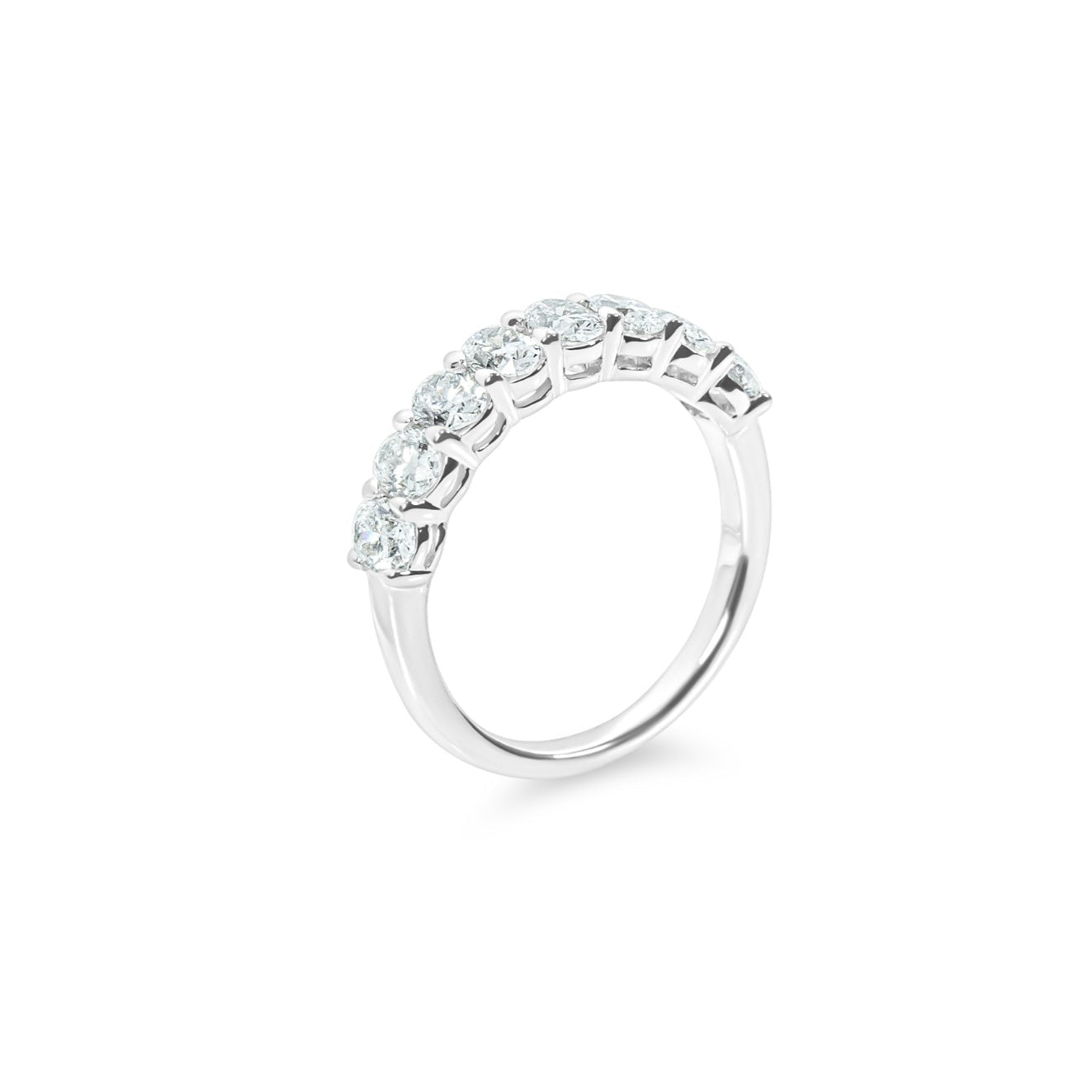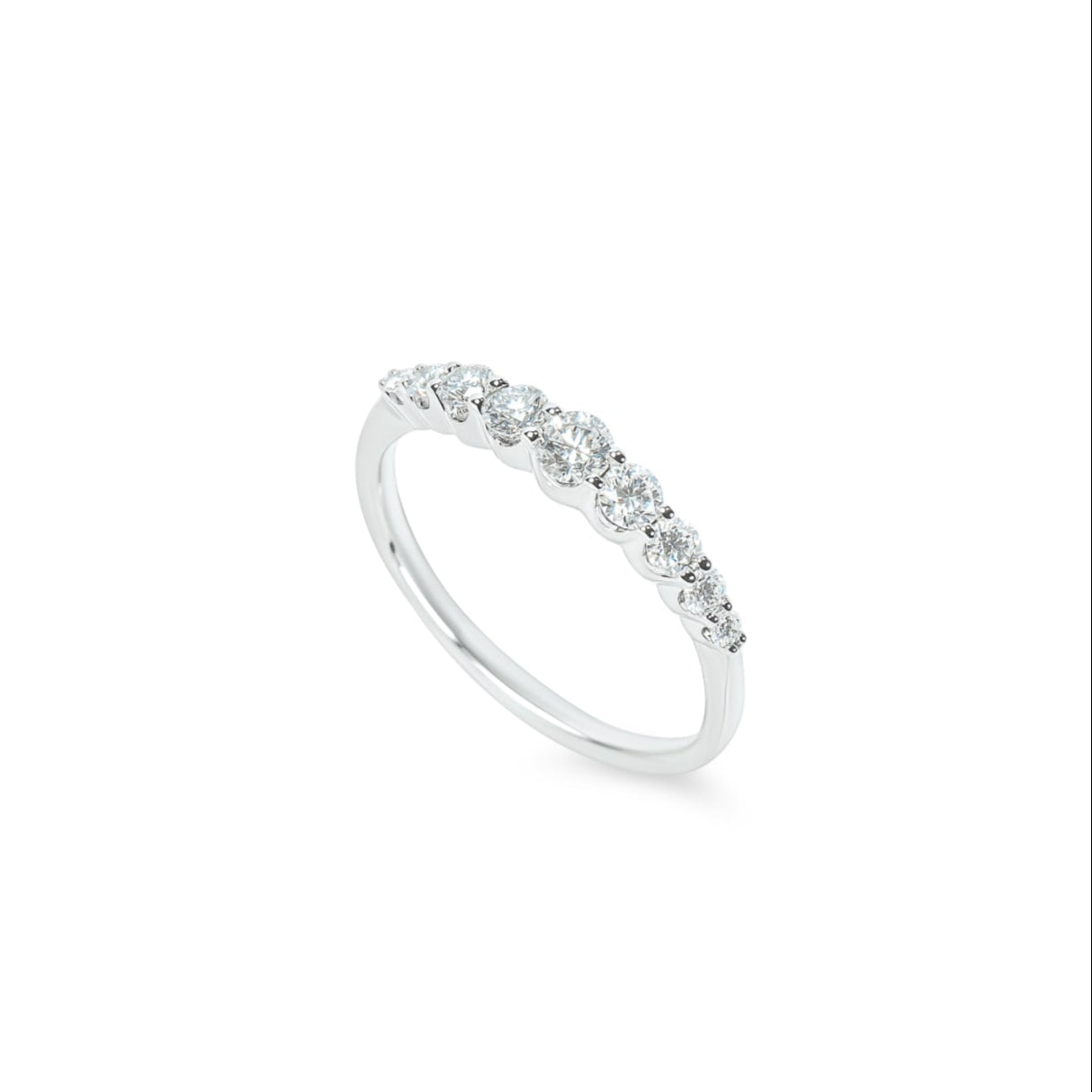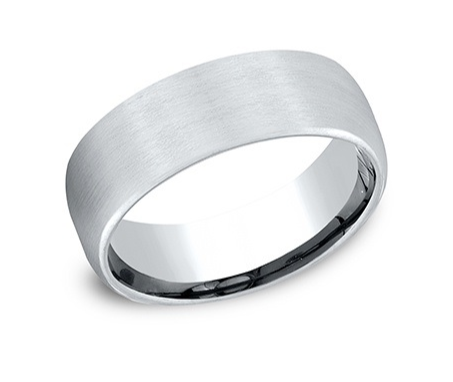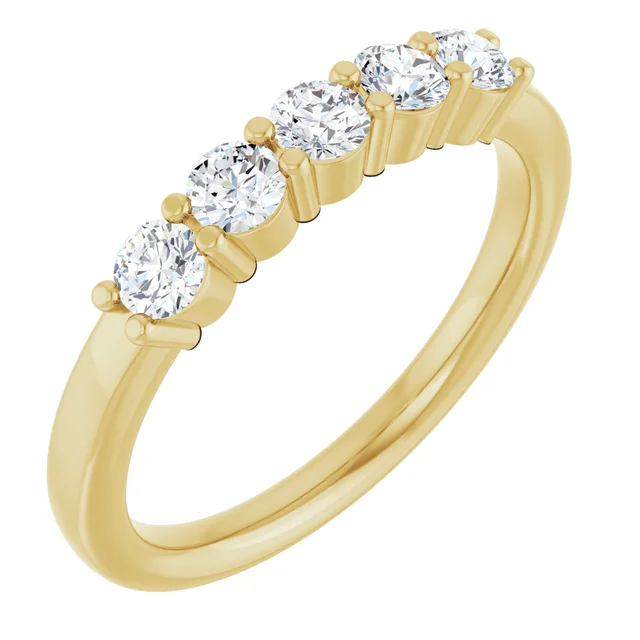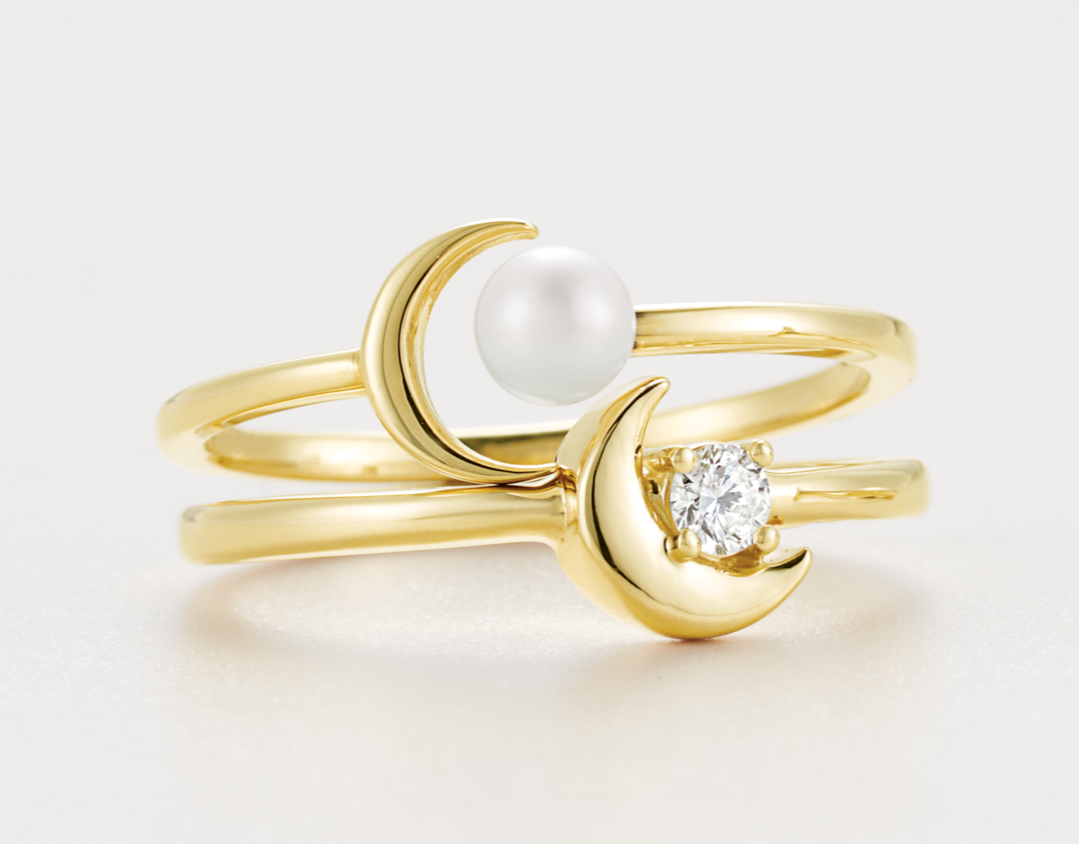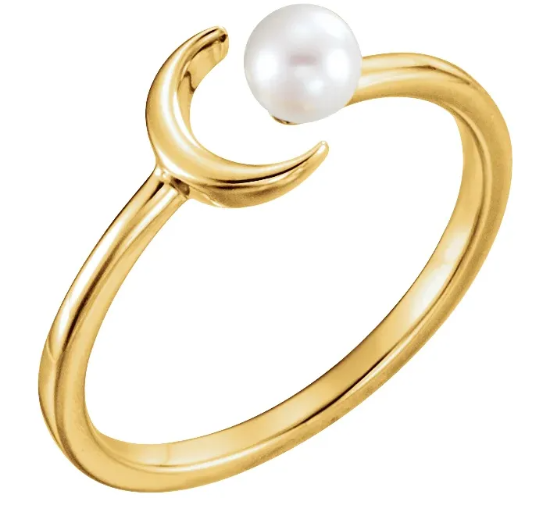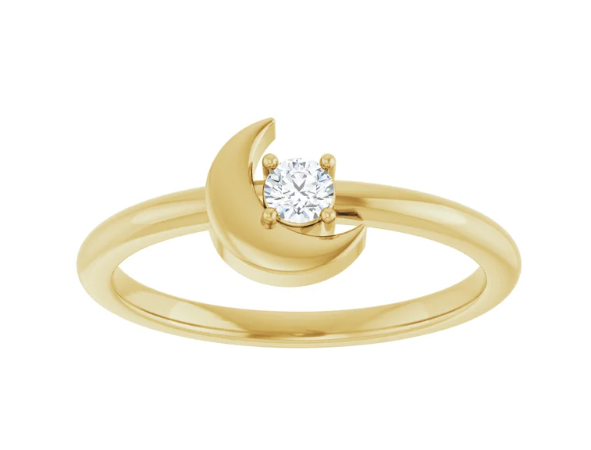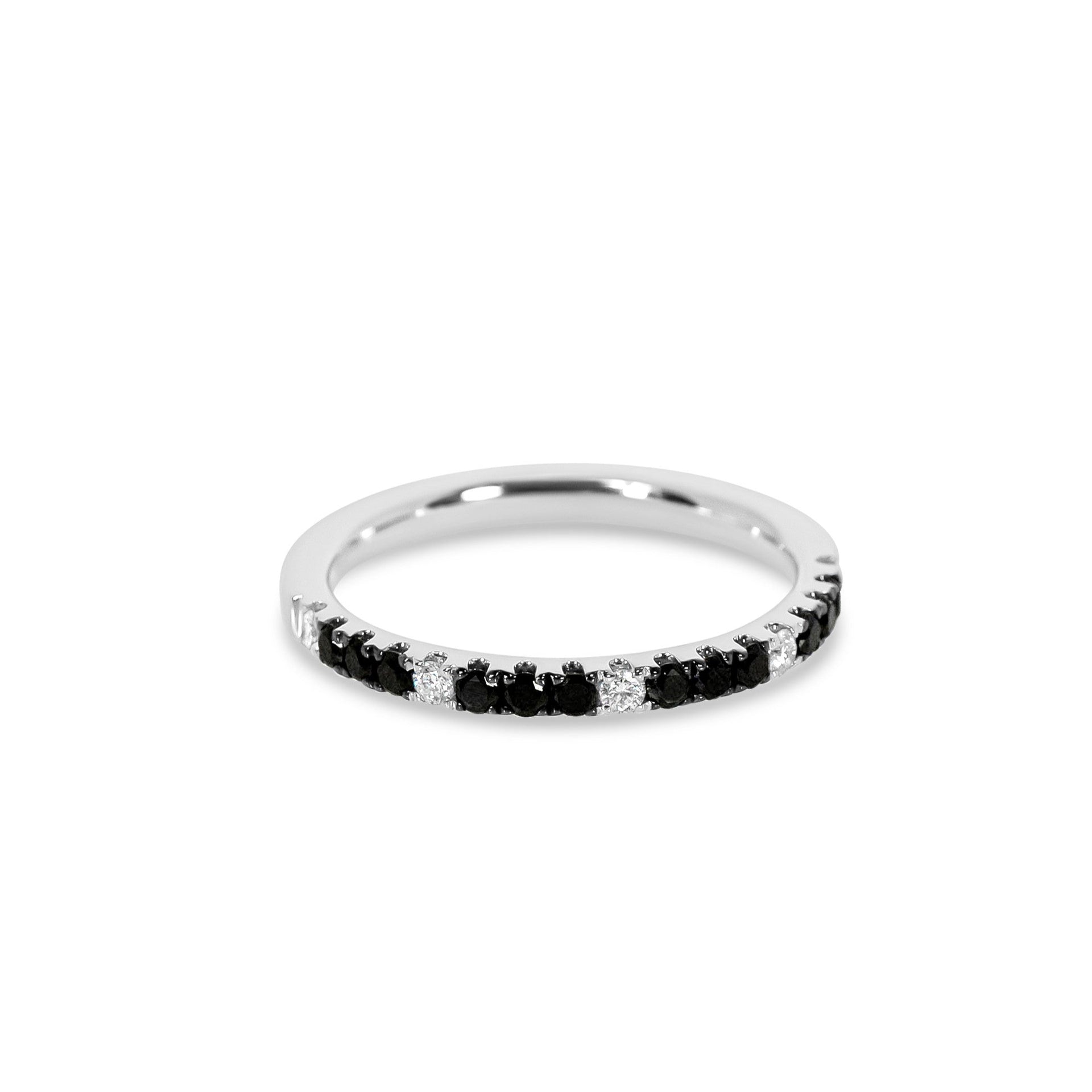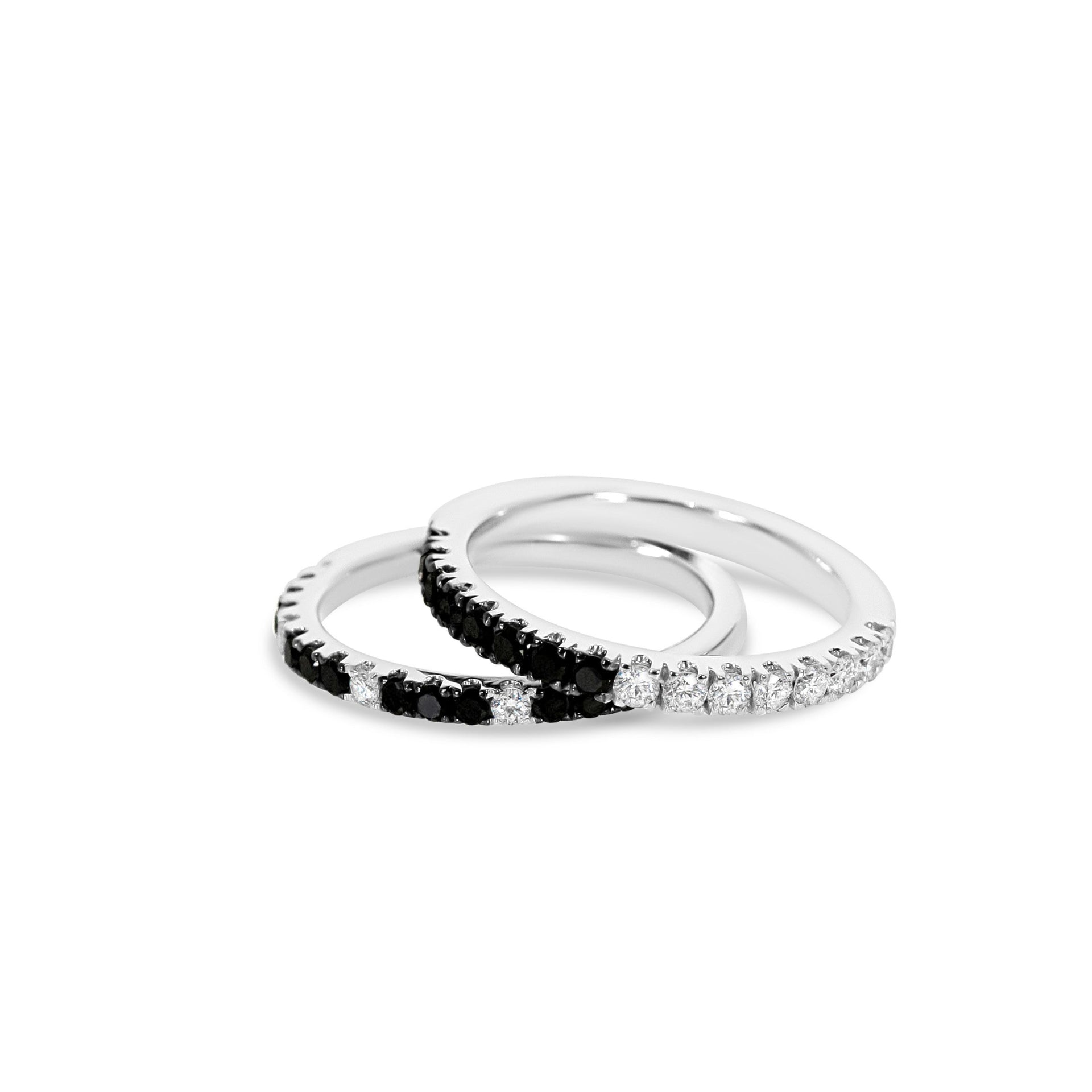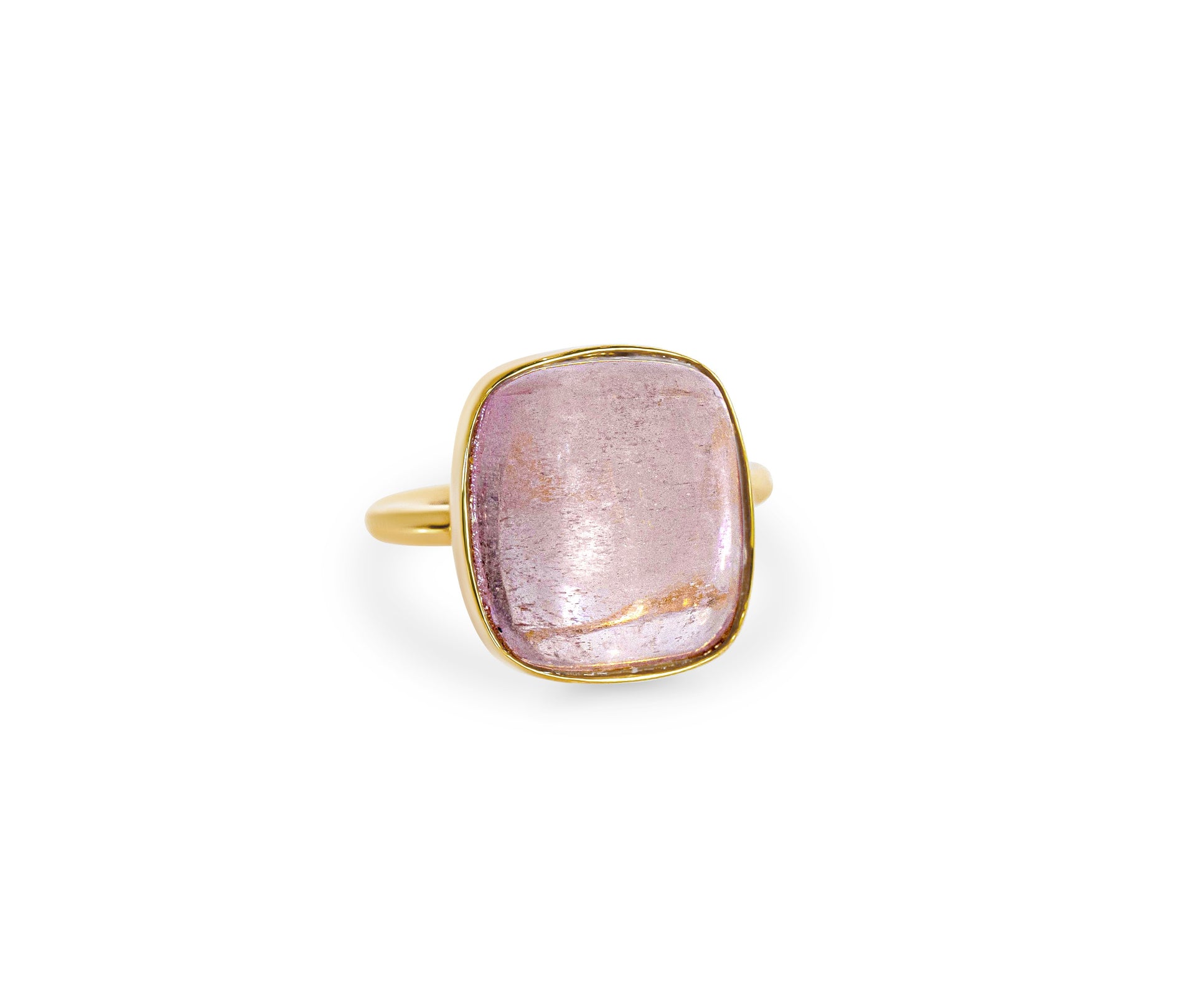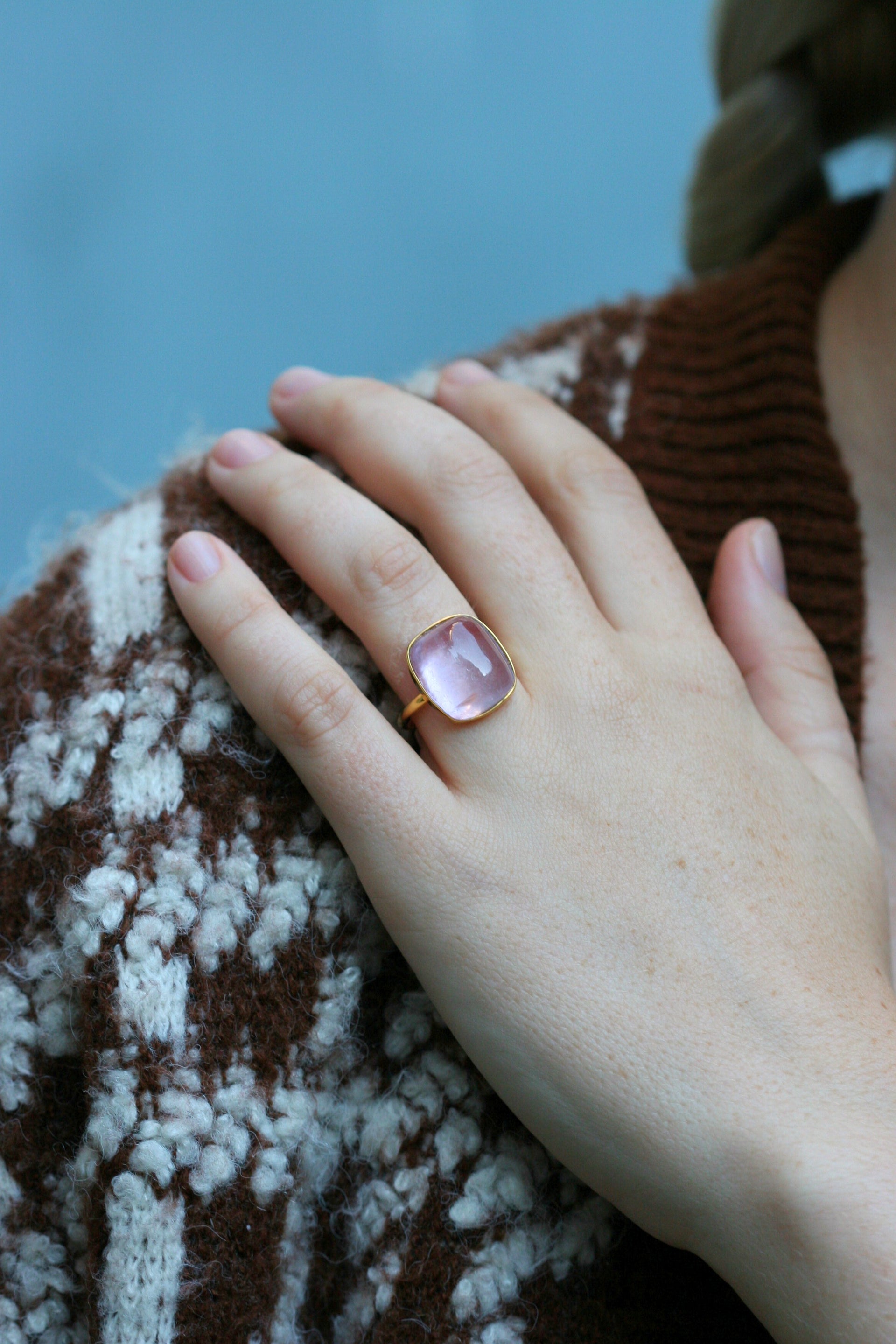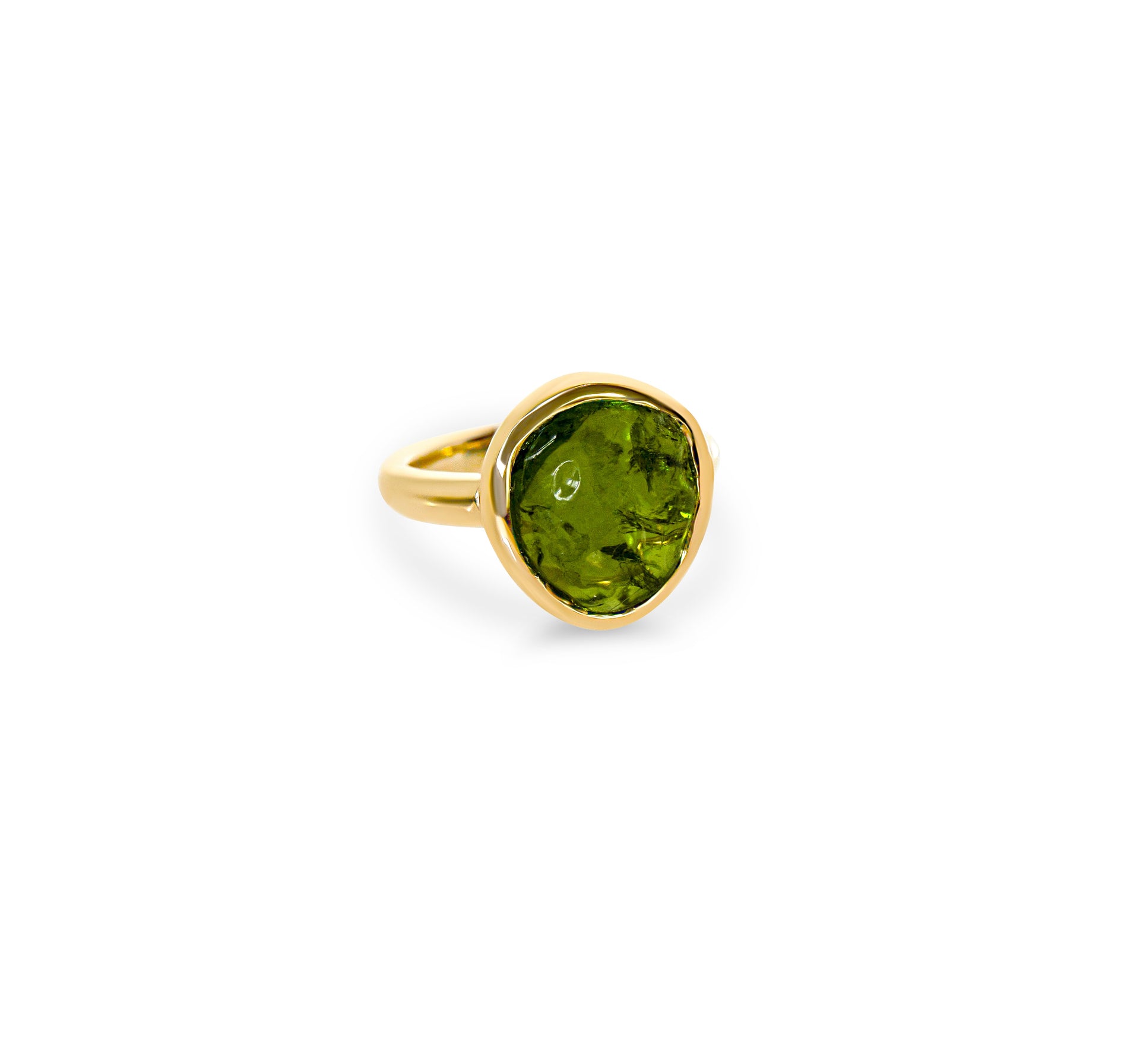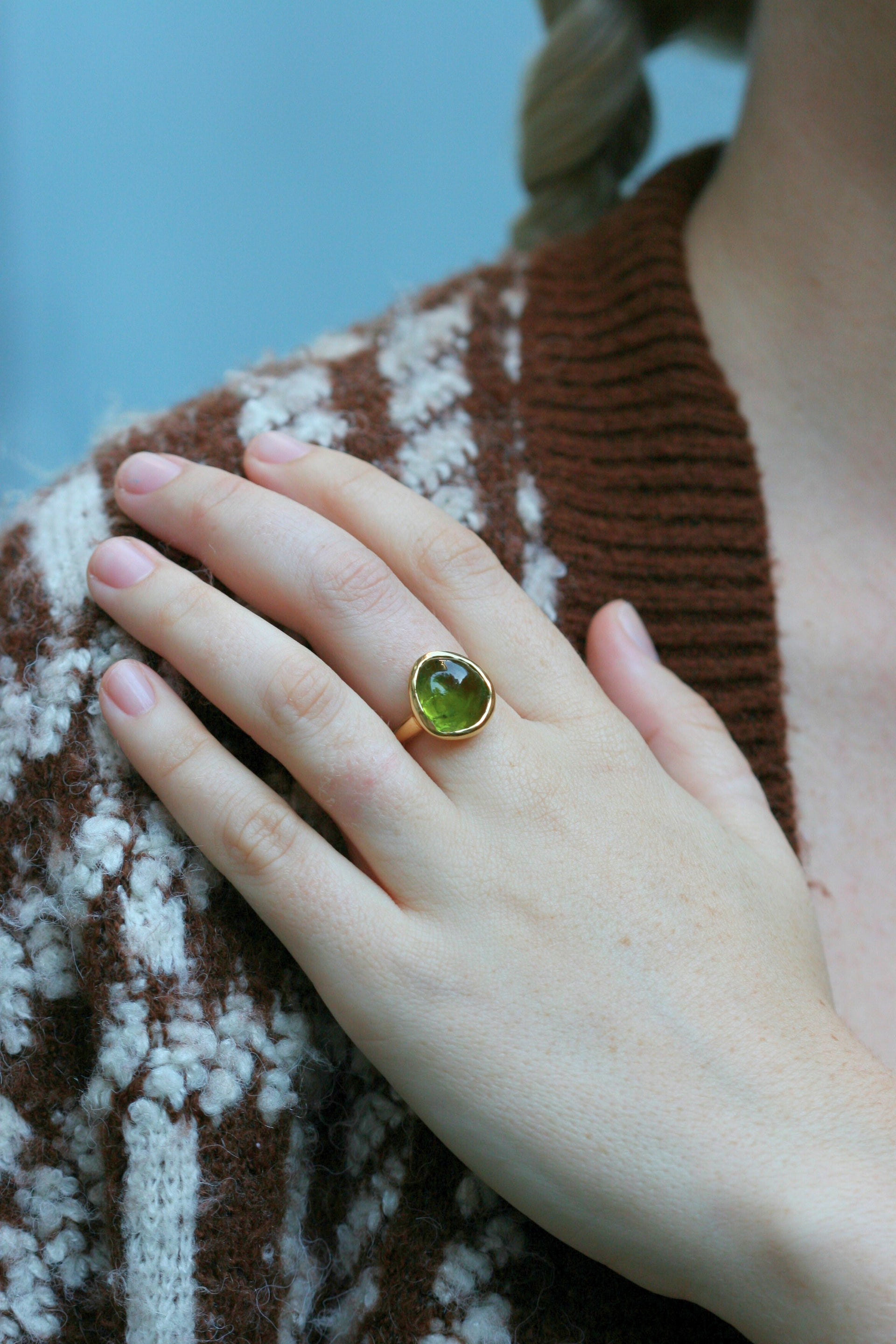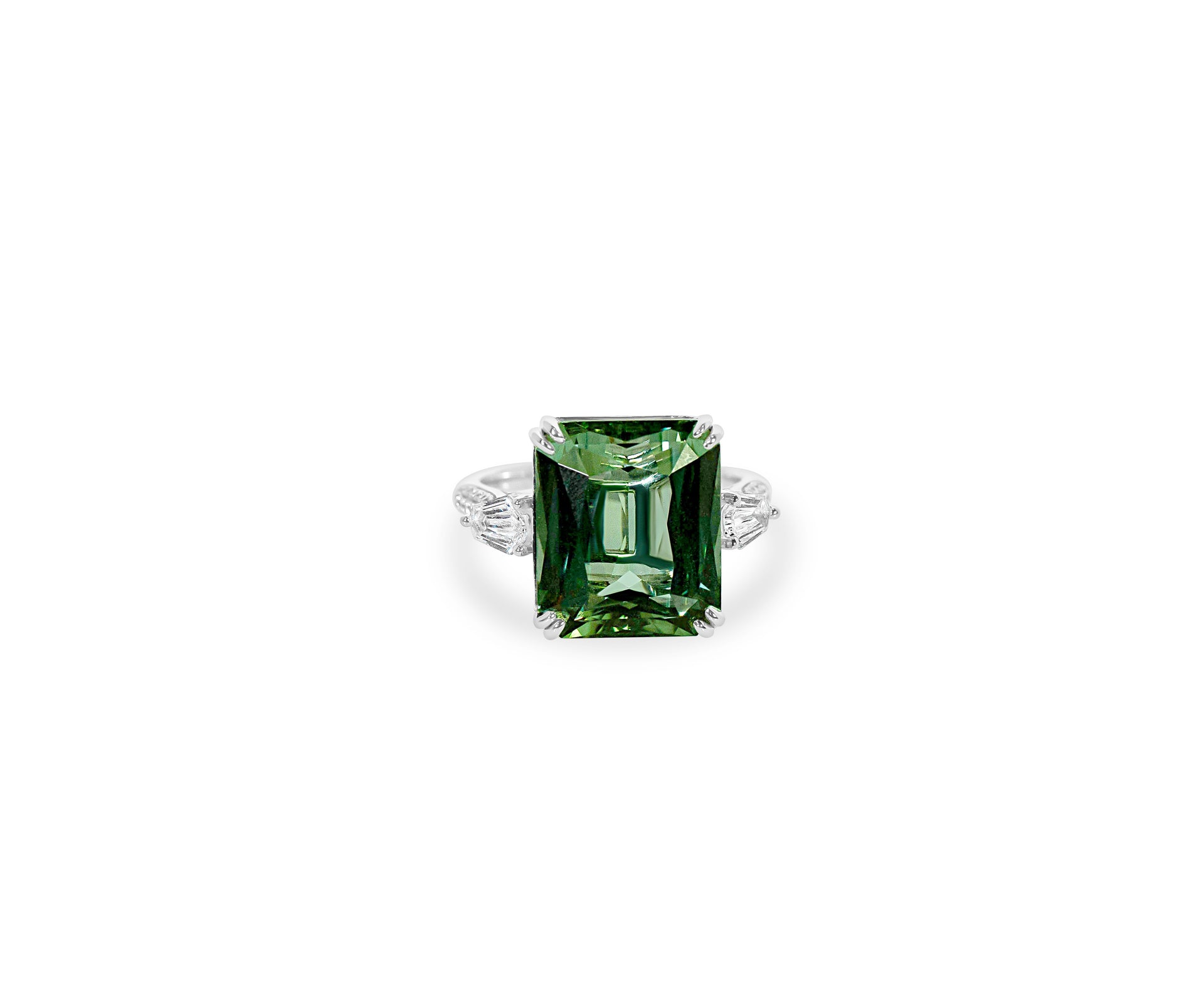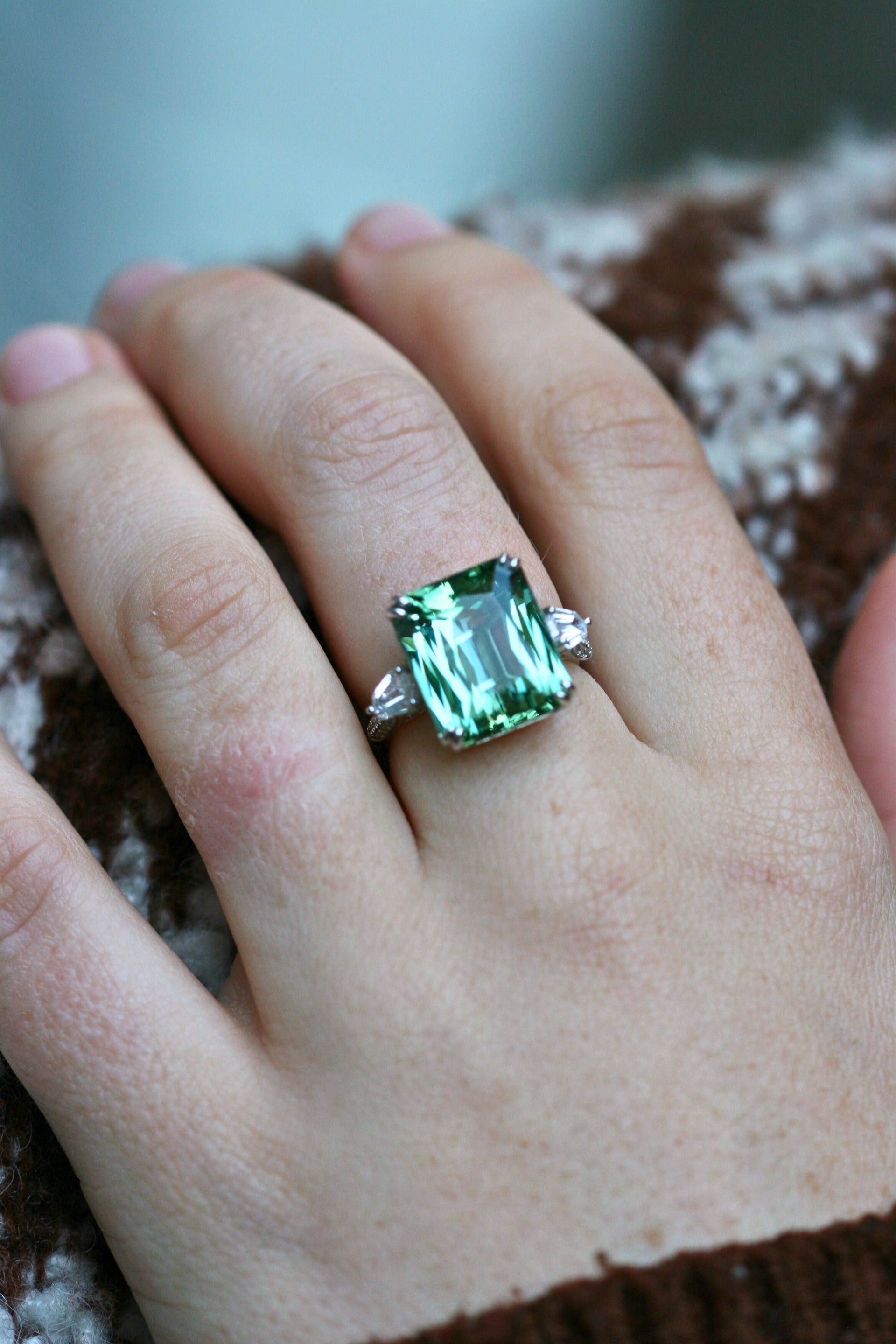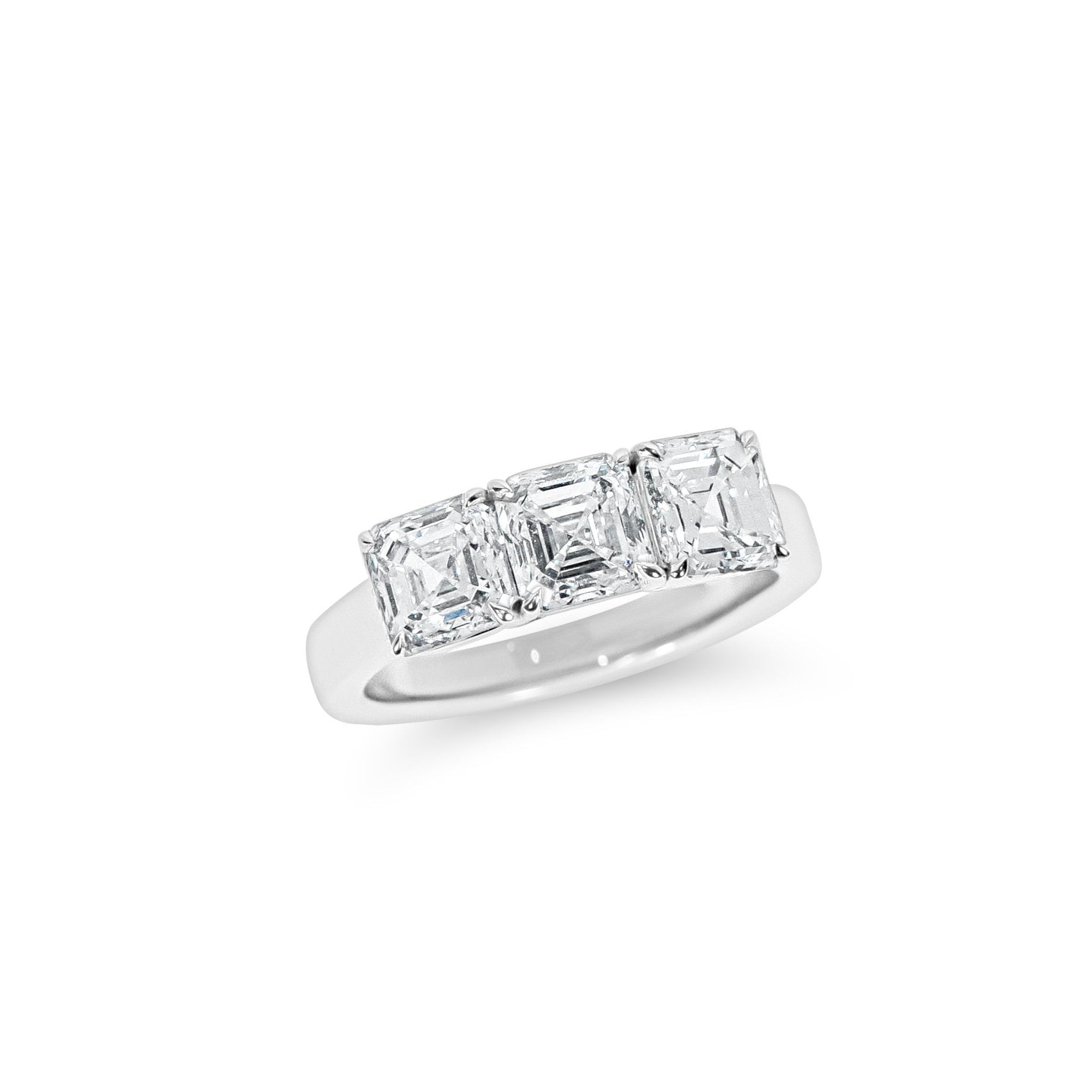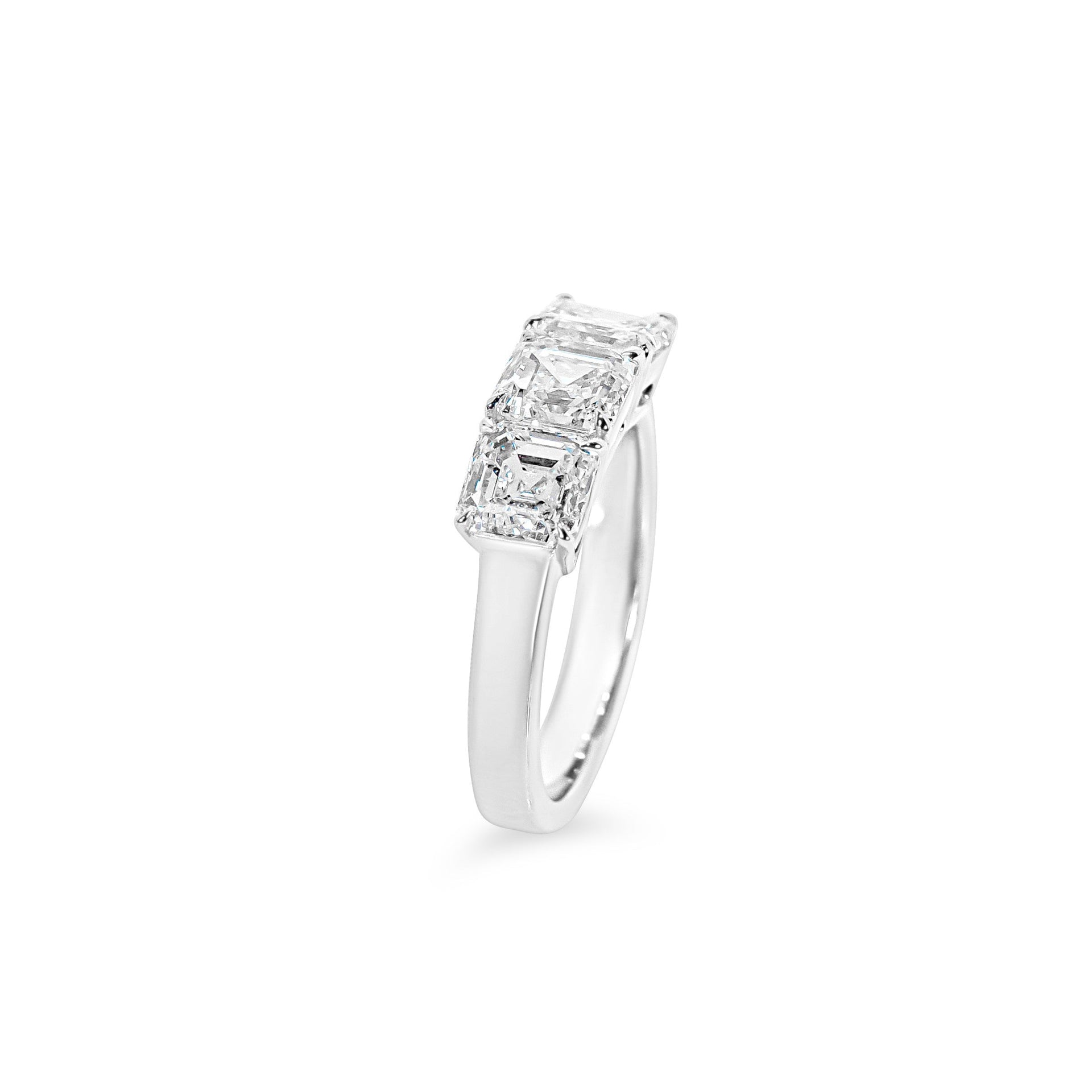Your jewelry is an extension of who you are, where you've been, and with whom you've shared your life and love. The diamond ring you received when she proposed, the platinum band he gave you at the altar, the pearls you picked out together on your honeymoon; each new adornment reflects not just your unique style and refined taste, but also holds the memory of a moment in time.
The moment you notice a loose stone or a broken clasp may feel like damage to so much more than just an accessory, and often an emotional response accompanies your shaking hands as you type "jewelry repair near me" into your search bar.
Before you enlist the help of the first result on the list offering fast fix jewelry repair, you should take a moment to learn about the most common jewelry repairs. Understanding how a trained professional jeweler will assess the extent of the damage and your potential options before you go will help you choose the most skillful jewelry repair service and prepare you to spot and avoid the less capable providers.
For answers to all of your jewelry repair questions, don't miss our Ultimate Guide to Smart Jewelry Repair.
Common Breakages And Jewelry Repairs
This list provides details of commonplace damages in jewelry and some of the options for their repair. This list is by no means exhaustive, however, and a jeweler experienced in custom jewelry design and repairs can help you restore or modify your contemporary and heirloom jewelry no matter the state that it's in.
Jewelry Resizing And Personalization

Choosing a jeweler you know and trust for jewelry resizing and personalization is critical to ensuring that each new article of jewelry you invest in receives only quality care and modification. In less-than-expert hands, engraving and resizing can result in structural weakness or even visible defects which a highly-trained jewelry repair professional will then need to correct for both aesthetic and safety purposes.
If you're thinking of resizing or personalizing a piece of jewelry, your jeweler should inspect the article for any other repairs it may need. Because of your jeweler's expertise and access to specialized tools, they may be able to observe damage that is not yet visible to the naked eye, and complete necessary jewelry repair before the damage progresses.
Need to have your jewelry resized? Our in-depth guide to Have Jewelry That Doesn't Fit? Here's How To Fix It has everything you need to know.
Chain Or Clasp Repair

Breaks in the chain or clasp of your bracelet or necklace render them unwearable and have led some enterprising consumers to attempt these types of jewelry repair on their own with supplies bought at craft stores. While it's true that you can purchase links and clasps at most local craft stores, these supplies are often made of inferior metals that don't match the materials used in your fine jewelry in appearance or strength.
Repairing A Broken Clasp
Over time, you may notice that your fasteners no longer open and close with ease. Through repeated use and normal wear, your clasps may become bent, loosened, or otherwise damaged. It's best to seek out a qualified jewelry repair professional at the first sign of a clasp sticking—fixing it at this stage may save you from a potential loss of the piece entirely, should the clasp give out while you're wearing it.
Your jeweler will be able to match a new clasp for your piece from their stock and can solder it into place so you can once again wear it securely.
Repairing Broken Links
A visual examination before you put on a piece of jewelry may alert you to any bent or broken links. You might also observe snags in your clothes which could indicate that a bent or broken link is present. Running your fingers gently over the length of the chain will allow you to feel some damaged links, as well. As with clasps in need of repair, any sign of a compromised link should trigger a call to your jeweler to schedule a repair. Wearing it in this marred condition could lead to further damage or complete loss of the piece.
Prong Repair

The prongs that hold your precious stones in place are prone to wear over time. To minimize prong damage and the potential loss of your gems, you should take some consistent precautions:
-
Do not wear jewelry in the shower or bath, while applying makeup, while washing dishes, or while swimming.
-
Remove jewelry before gardening or doing housework activities such as laundry or cooking.
-
To minimize snagging, put your jewelry on only after you have done your hair and gotten dressed.
How To Tell You Need Prong Repair
Prongs that go un-repaired, unfortunately, often lead to lost or damaged stones. One of the most common symptoms that you need prong repair is snags on your clothing. Closely examining your jewelry, you may notice prongs that are elevated above others, bent out of position, or thinning and no longer rounded. If the damage to your prongs is significant, you may even notice one or more are missing.
Methods Of Prong Repair
Depending on the wear and damage to your prong, your jeweler may repair it by merely pushing the prong back into place so that your stone is once again secure. This is not a repair to be completed at home or by an inexperienced jewelry repair service, however. The pressure on your stone must walk a fine line to be secure without causing damage.
If your prongs are worn thin or have already broken, your jeweler may retip or rebuild them. If the damage is extensive, it may require replacing the ring head to secure your stone again. Your jeweler will be able to assess your jewelry's needs and explain your options to you after they've inspected it for you.
Loose Or Chipped Stones

Loose or chipped stones may be a result of damaged prongs that were not repaired. However, there are times when the damage to a gemstone occurs due to a sharp blow directly to the stone. Minimizing your stones' exposure to activities where they are likely to take a hit can help you avoid this kind of damage, but sometimes these stone-shattering occasions aren't as apparent as others.
Methods To Repair Loose Or Chipped Stones
A loose stone may be corrected with a prong or head repair, depending on the cause. Chipped or otherwise damaged stones will be examined and, depending on the site and size of the inclusion, it may be possible to recut the stone or to reset it in a way that masks the damage without causing further damage. Not every stone will be a candidate for these options, and your jeweler will help you understand what avenues are available so you can arrive at the decision that is best for you.
If your stone is lost or irreparably damaged, check out our resource on Jewelry Repair Vs. Buying New: Which One Is Right For You? for a thorough walkthrough of some potential options.
Jewelry Discoloration

Not only is discolored jewelry unsightly, but it may also indicate a more pressing issue. Discoloration of precious metals may point to metallic abrasion, erosion, fatigue, or corrosion. Some of these discolorations can be avoided or delayed by caring properly for your jewelry:
-
Do not put jewelry on until you have done your hair and makeup and applied perfume or cologne. Hard metals in cosmetics can lead to discoloration in gold, while the chemicals in hairspray and perfume can lead to corrosion in the metals typically mixed with gold.
-
Store your jewelry in a fabric-lined box with separate compartments for each piece, or in separate fabric bags.
-
Remove your jewelry when you are sweating or before handling any household chemicals or cleansers.
Depending on the cause of the discoloration and the extent of the damage, your jeweler may polish or re-plate discolored jewelry. If other symptoms of damage accompany the discoloration, additional repairs, such as ring re-shanking to repair structural damage in the metal, may be necessary.
Pearl Restringing

Strung pearl necklaces and bracelets offer timeless beauty and lend an air of class to any outfit. If your pearls aren't showing the luster or refinement you remember, it may be time for cleaning or repair.
When To Repair Pearl Jewelry
If you notice discoloring of the knots between each pearl, you may be alarmed to learn that the culprit behind the dingey thread is a combination of sweat, environmental moisture, and dirt. Not only is this unsightly, but it wears down the resilience of the silk thread, as well, making it prone to breakage. Other signs of worn silk include gaps between each pearl or knots that disappear within the drill holes. Your necklace or bracelet may also lay longer or looser than it did in the past, indicating that the pearls should be professionally restrung to restore their aesthetic appeal and ensure their security.
Fix Jewelry Before It Breaks
At Carats & Stones, we've spent years as San Francisco's trusted jewelry repair experts, bringing cherished pieces back to life. It's our joy to serve as the family jeweler for generations, helping our customers preserve and enhance their treasured jewelry investments.
If you're just starting to invest in the jewelry that will begin your family's tradition, we're a good friend to have by your side to help guide and advise you in your purchases, custom jewelry designs, modifications, and jewelry repairs.
Contact us for a free consultation with a member of our friendly staff who is highly-trained to guide you every step of the way.


